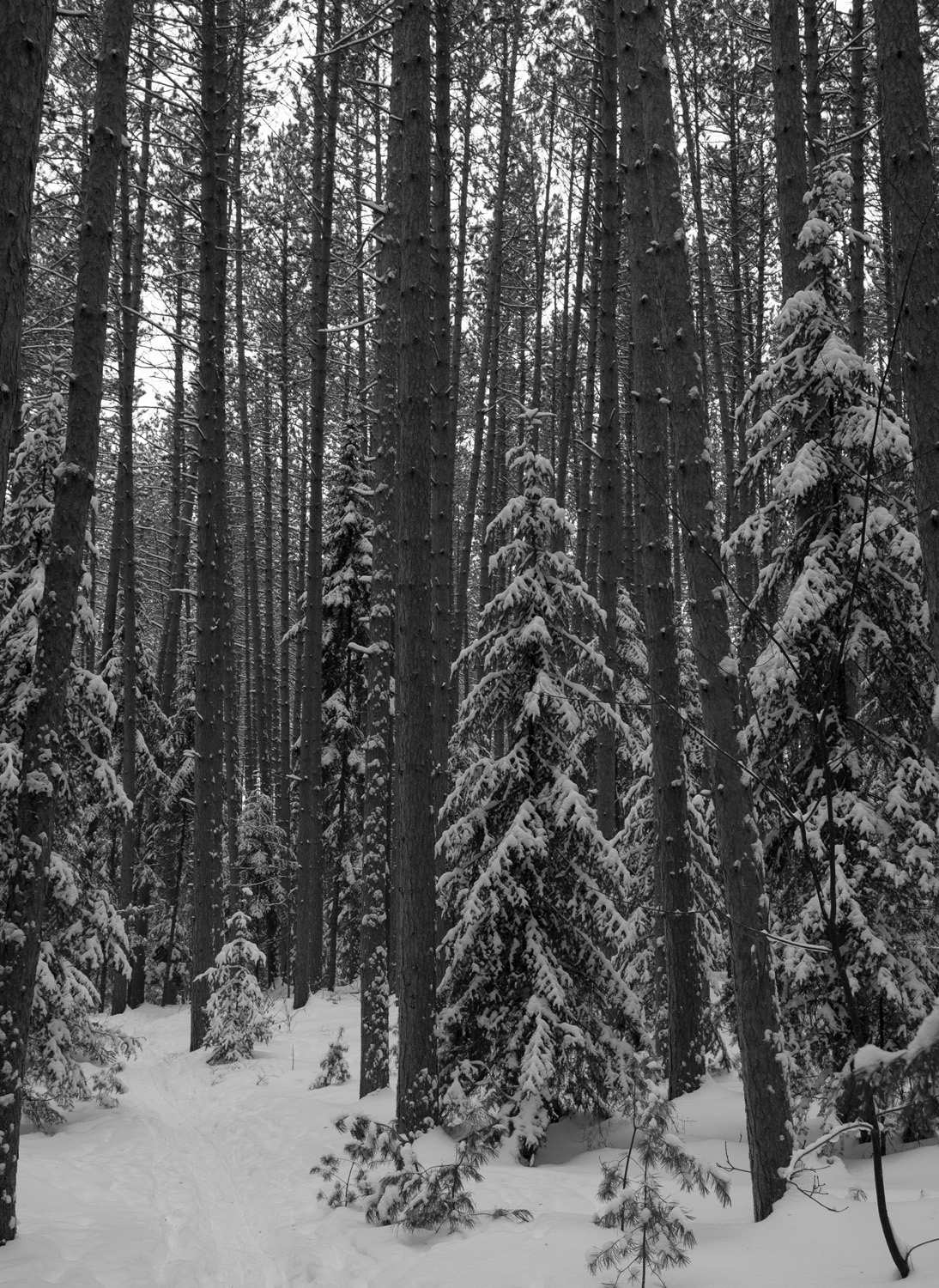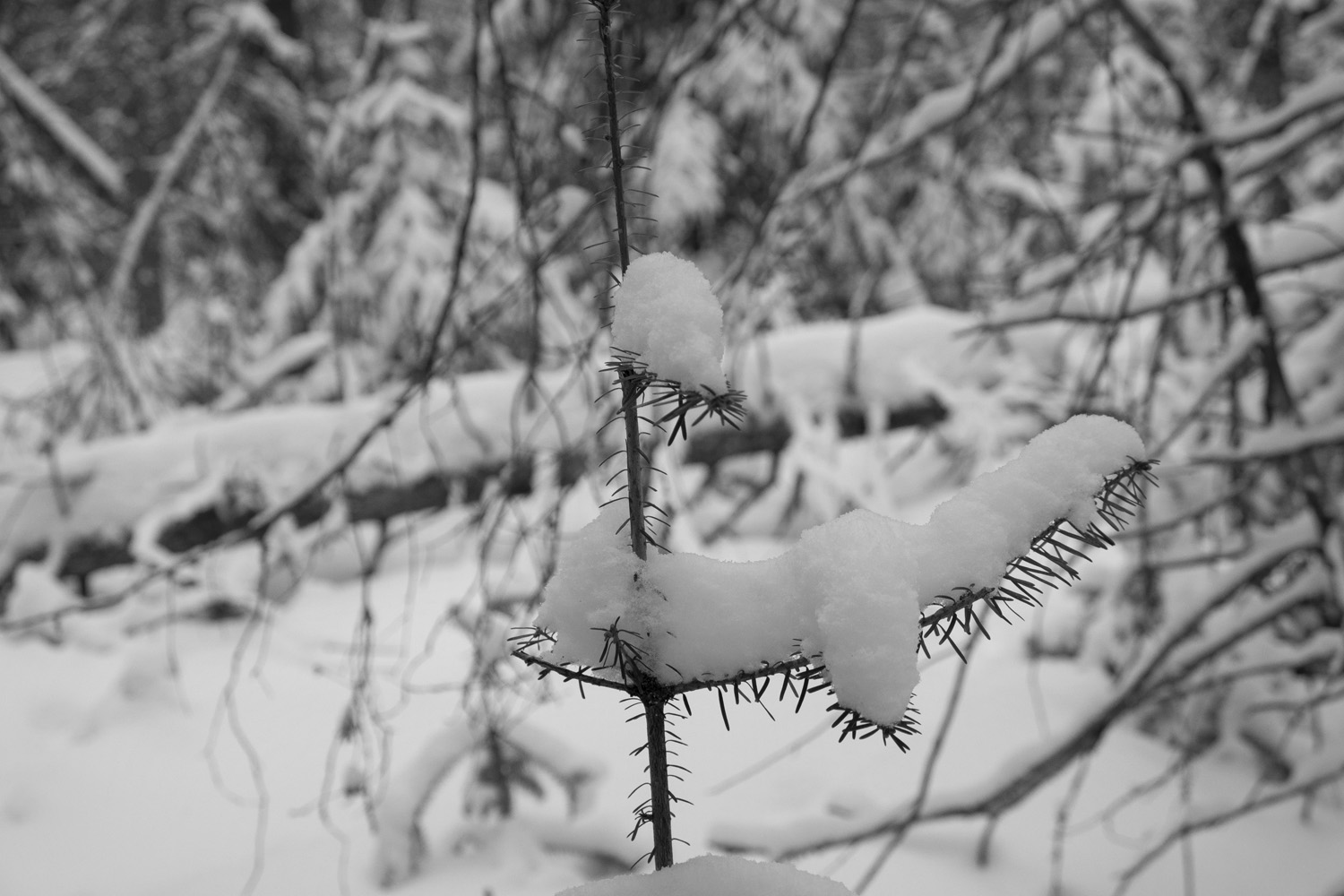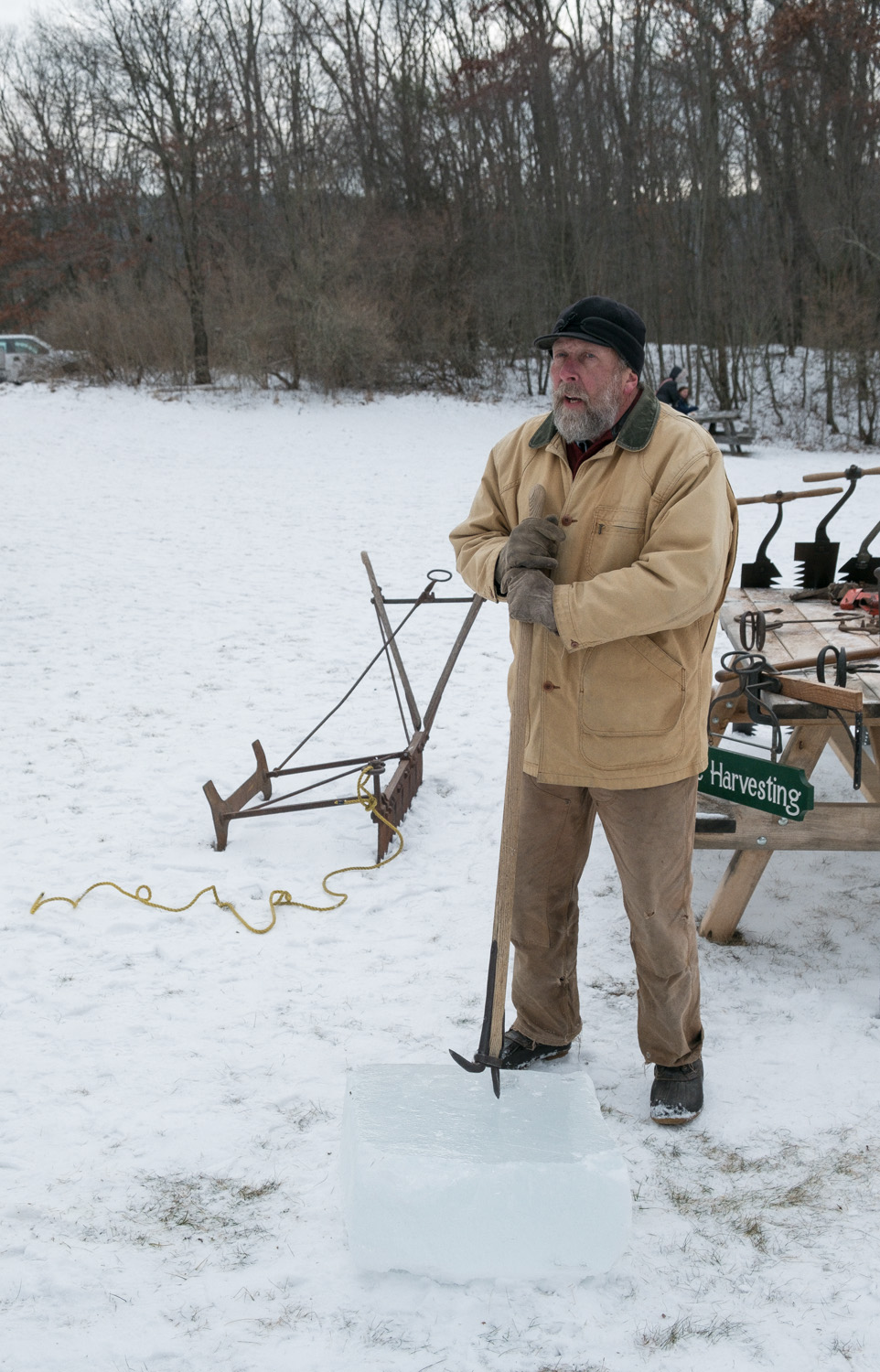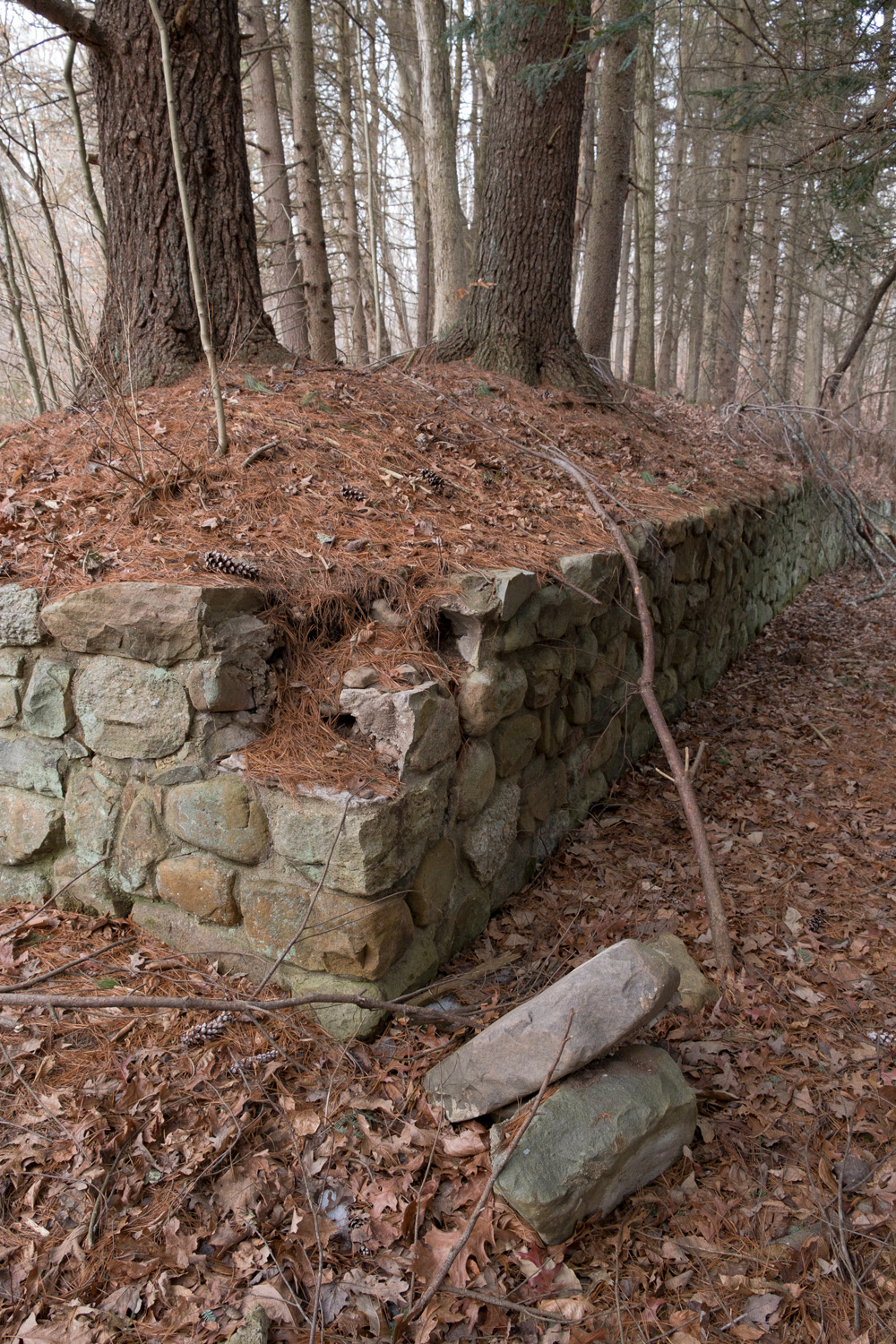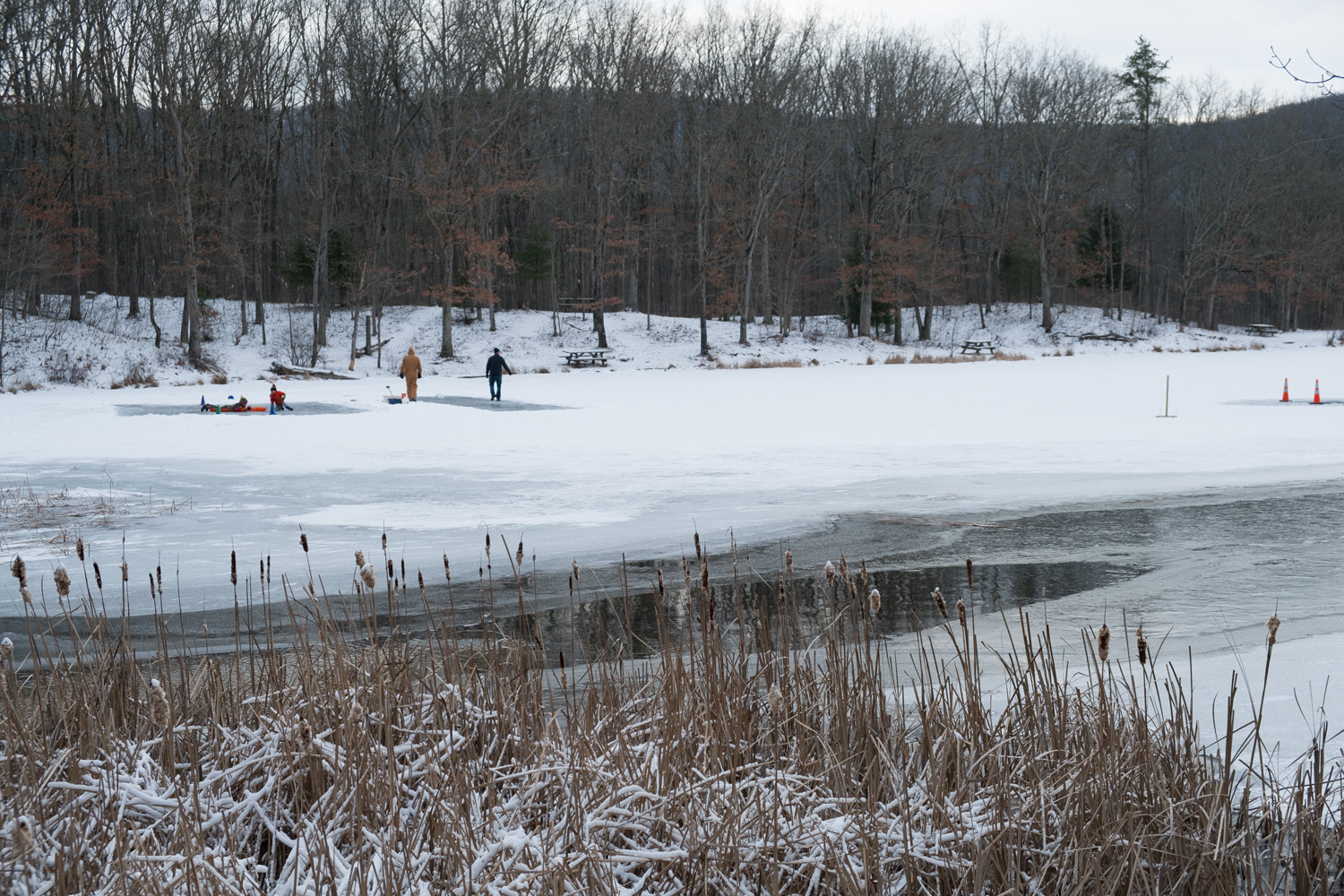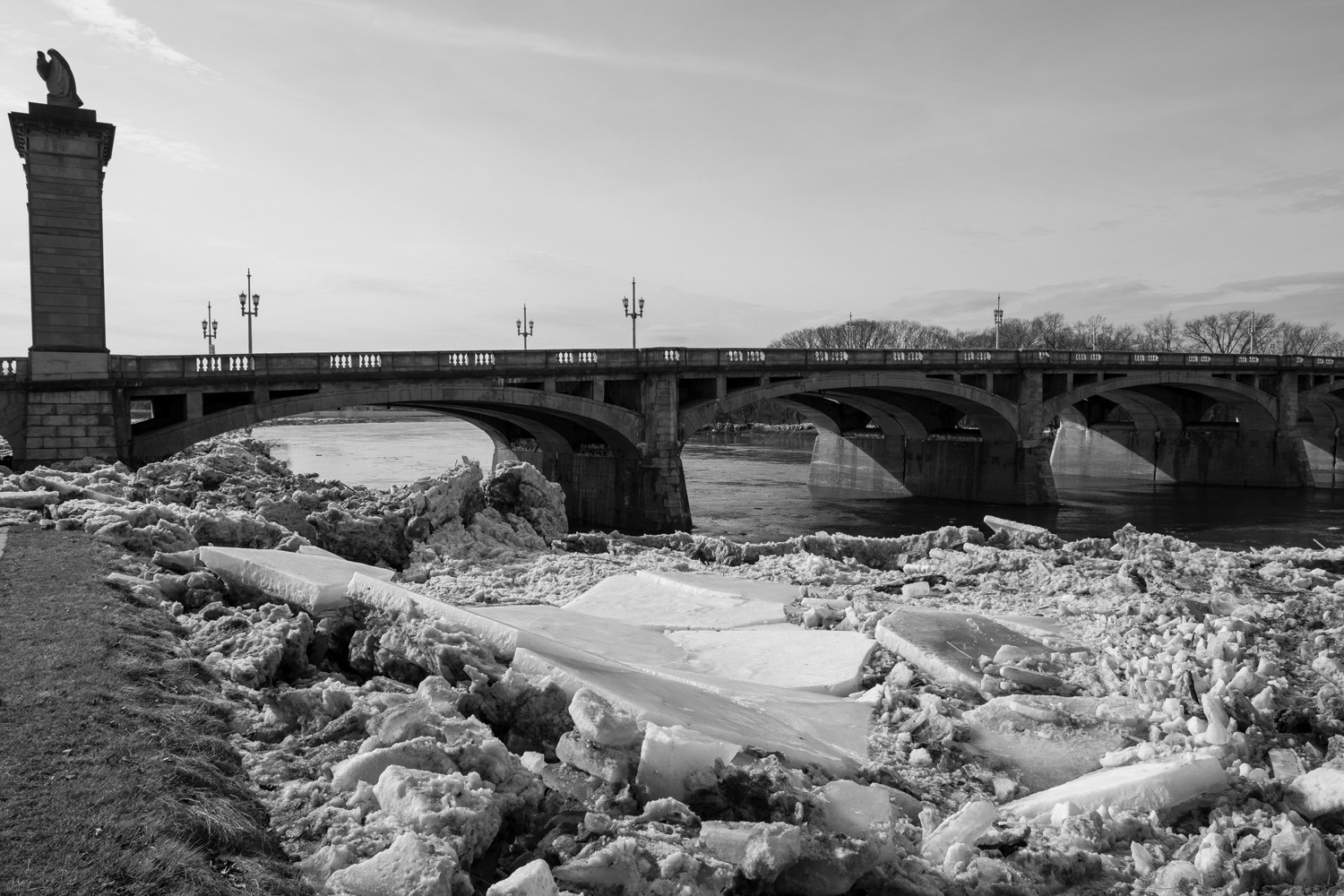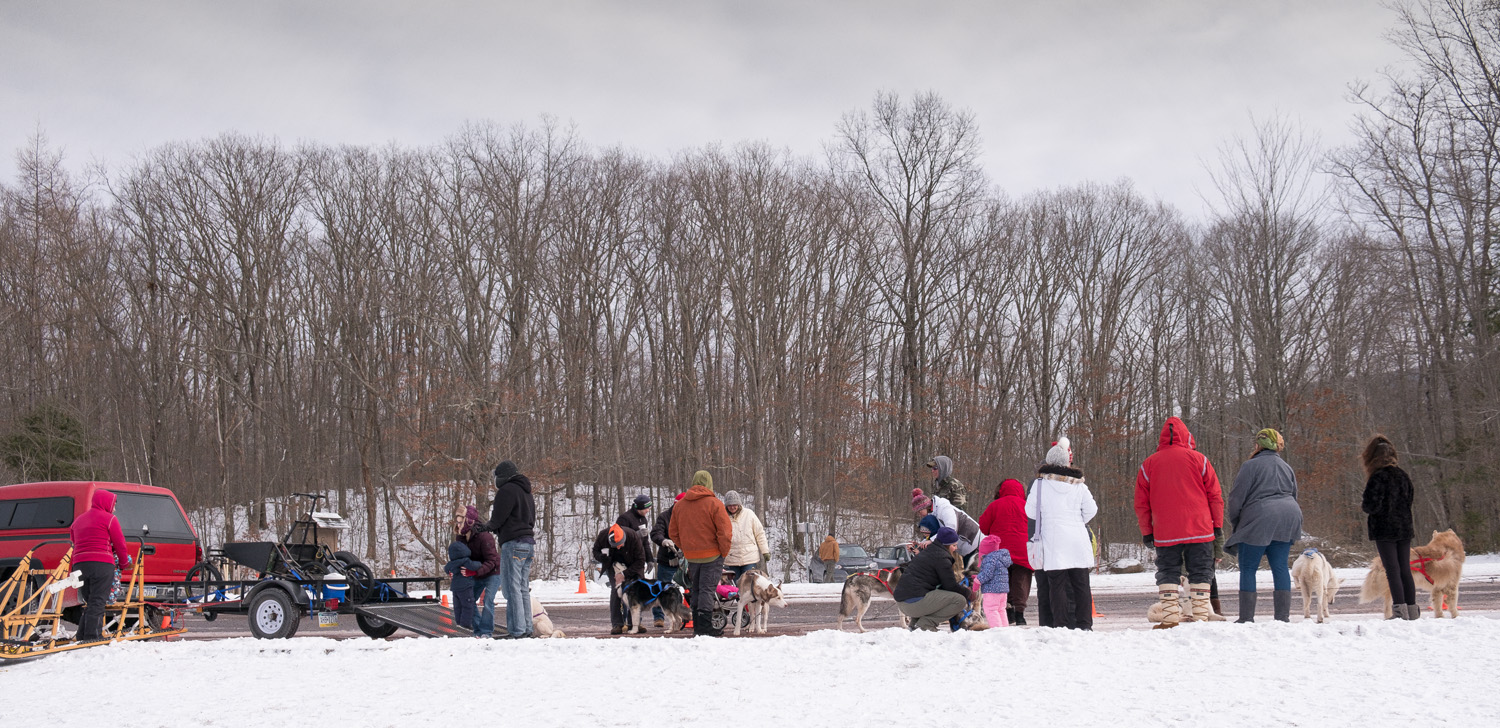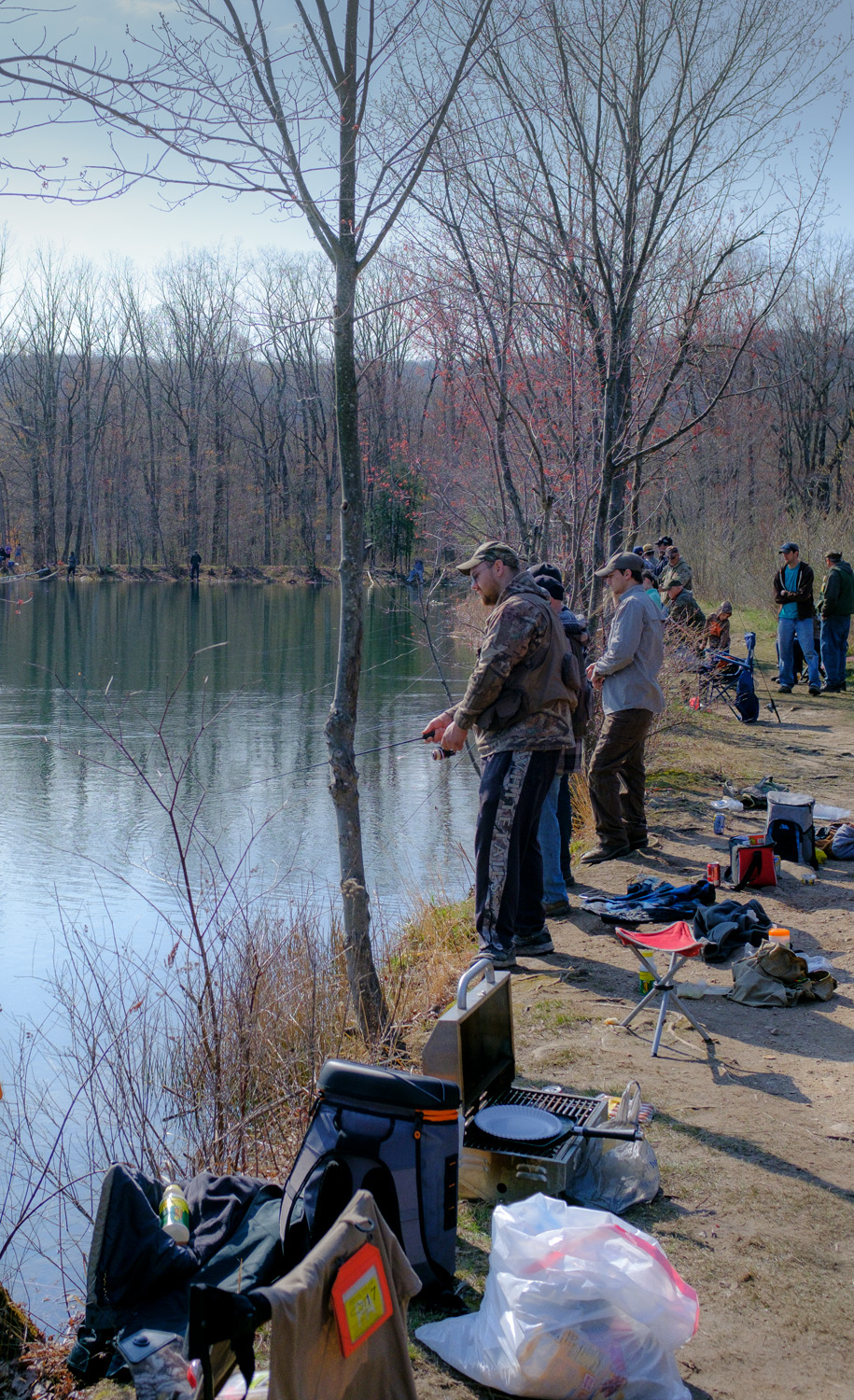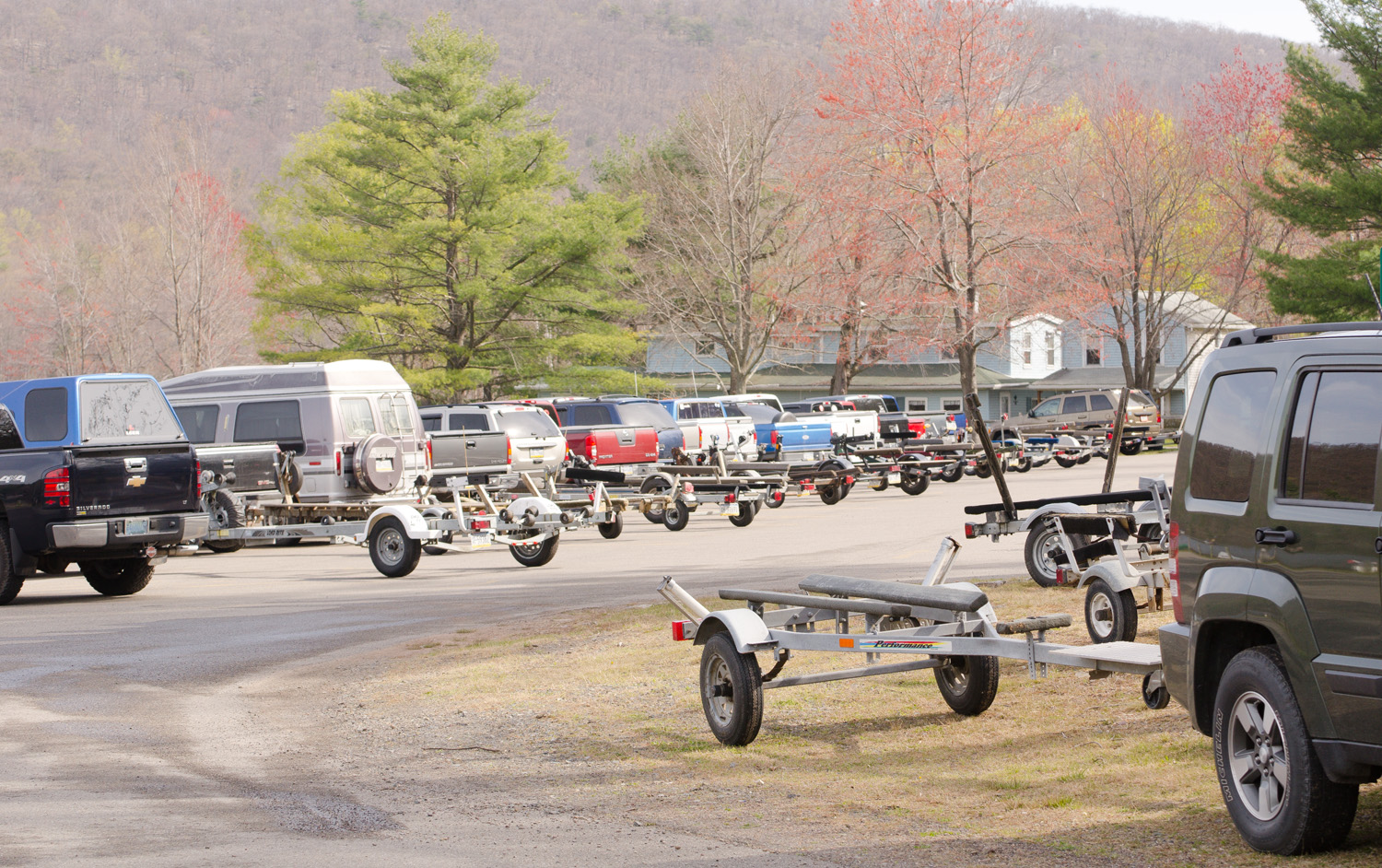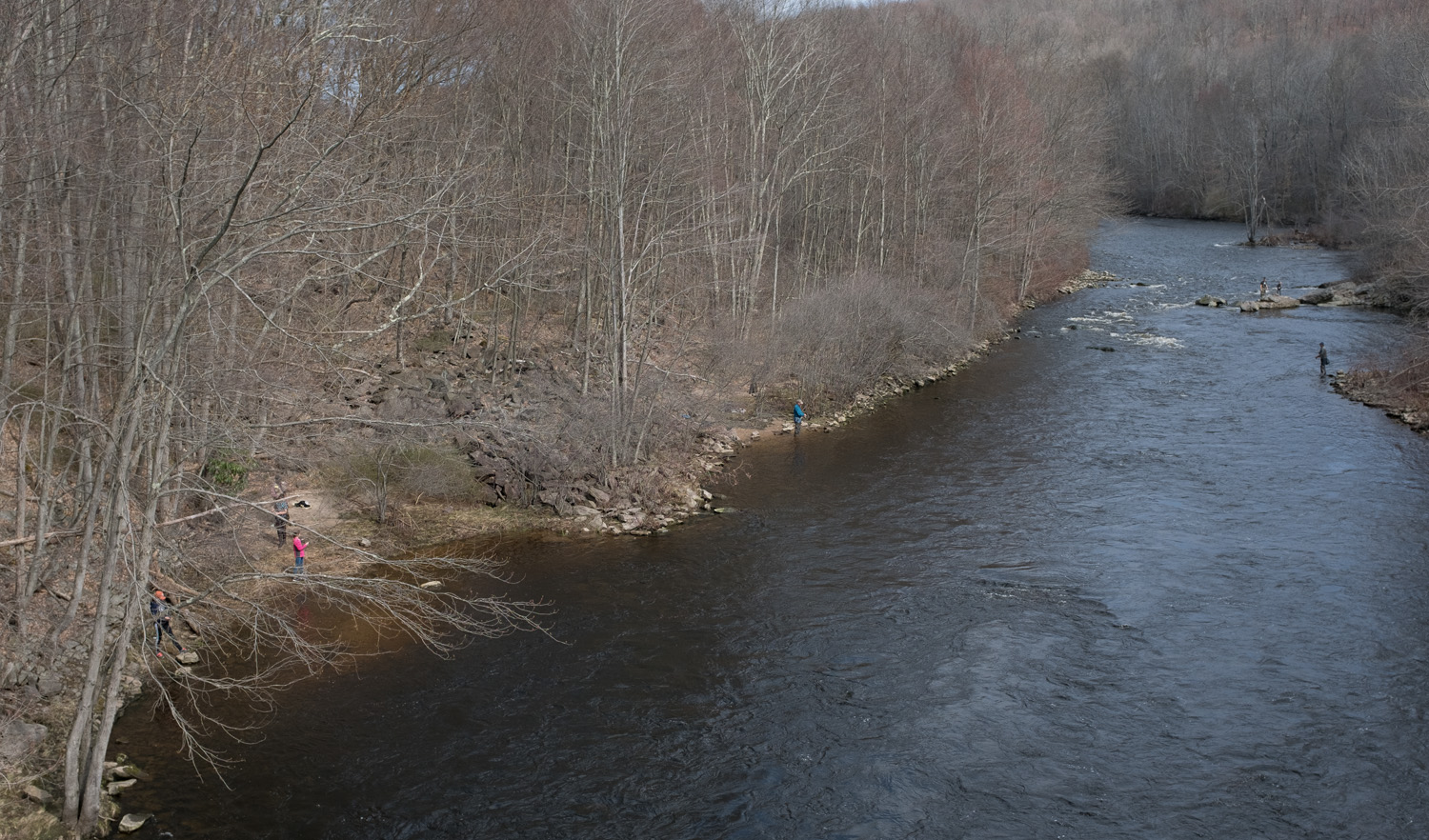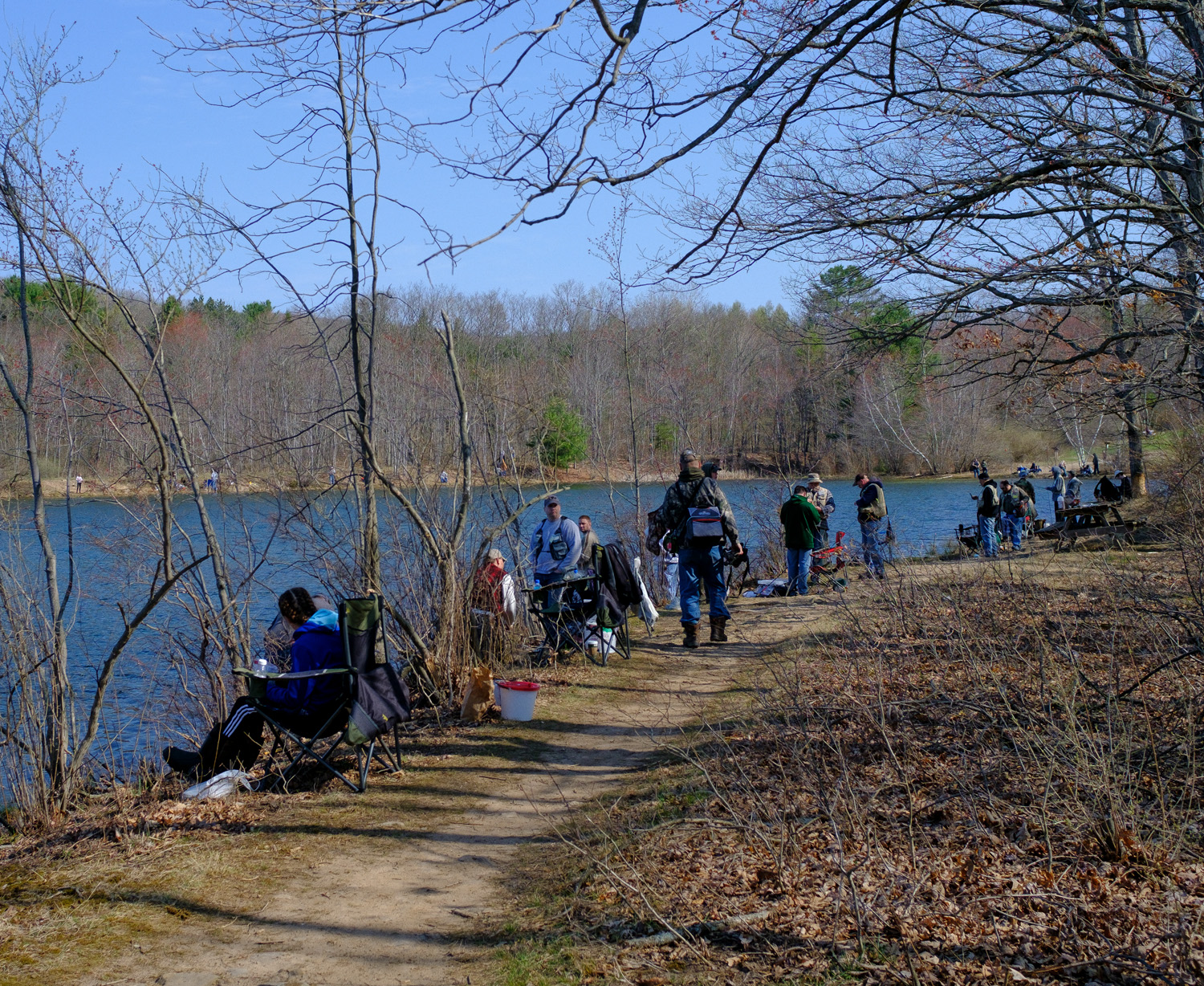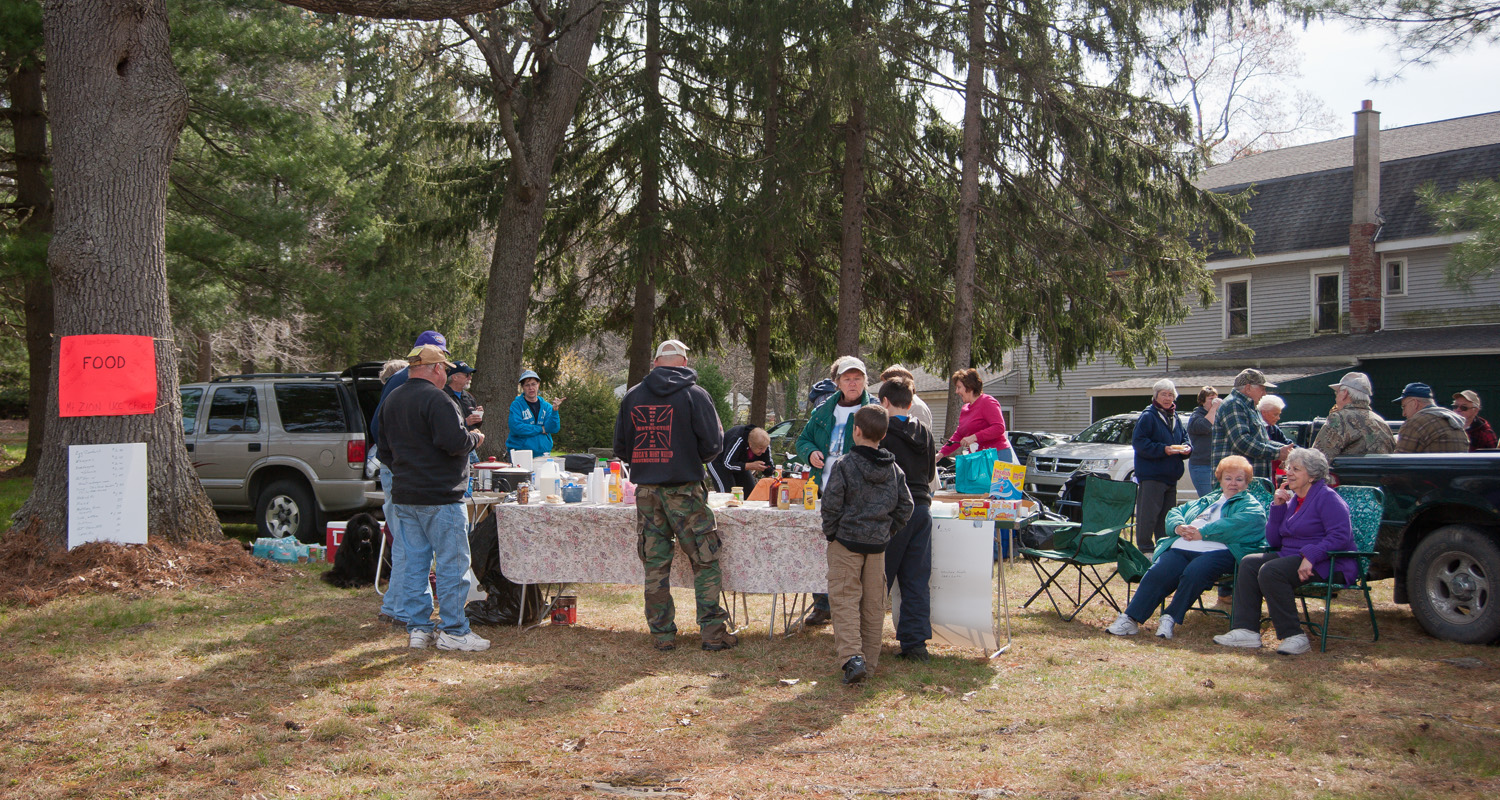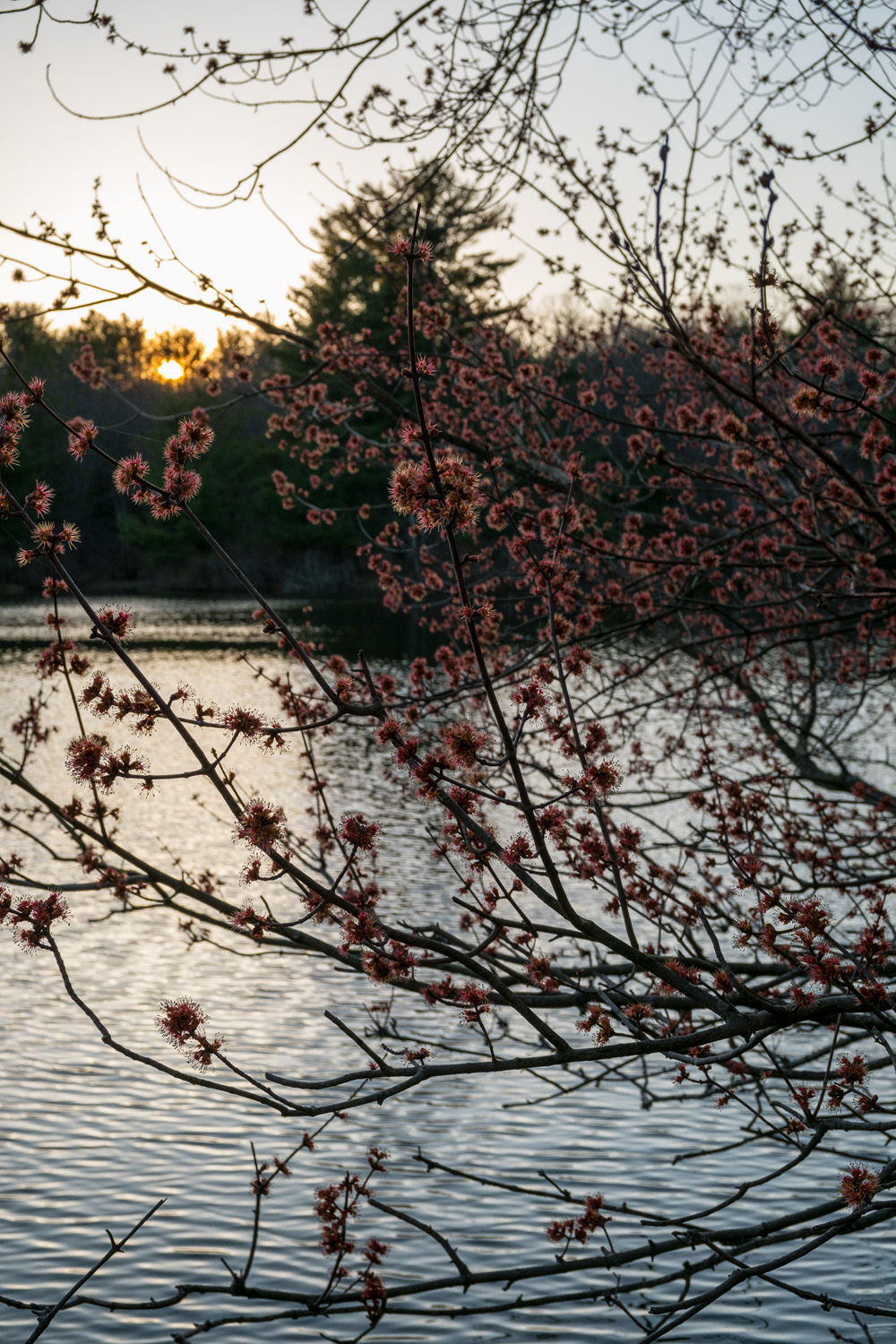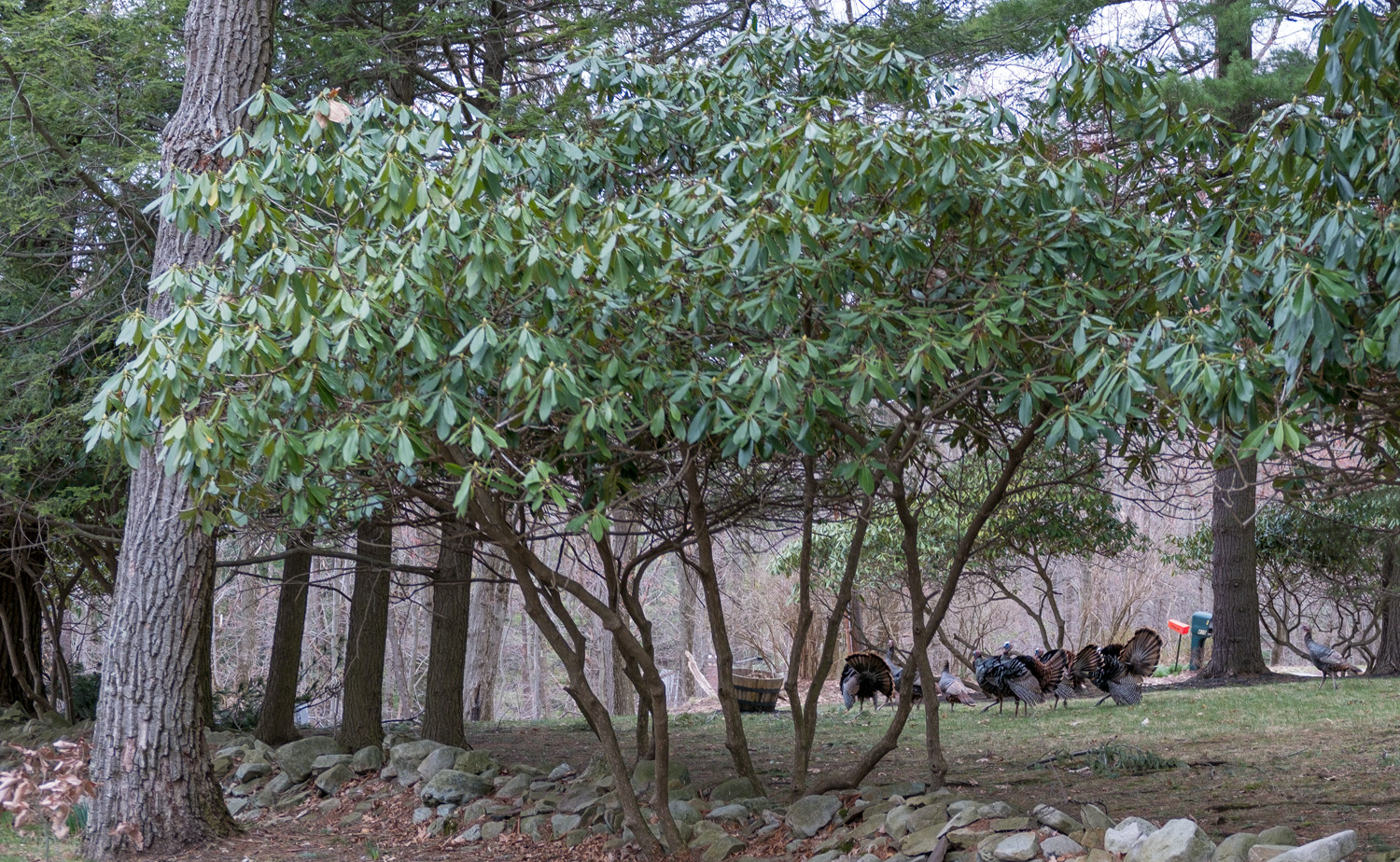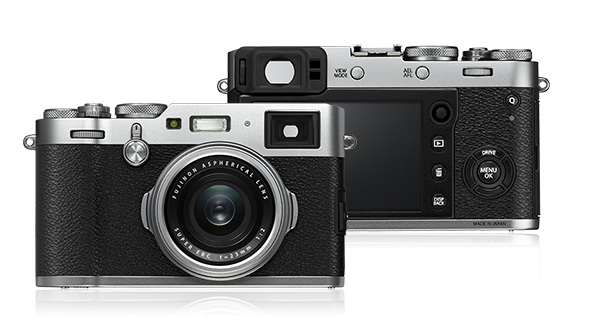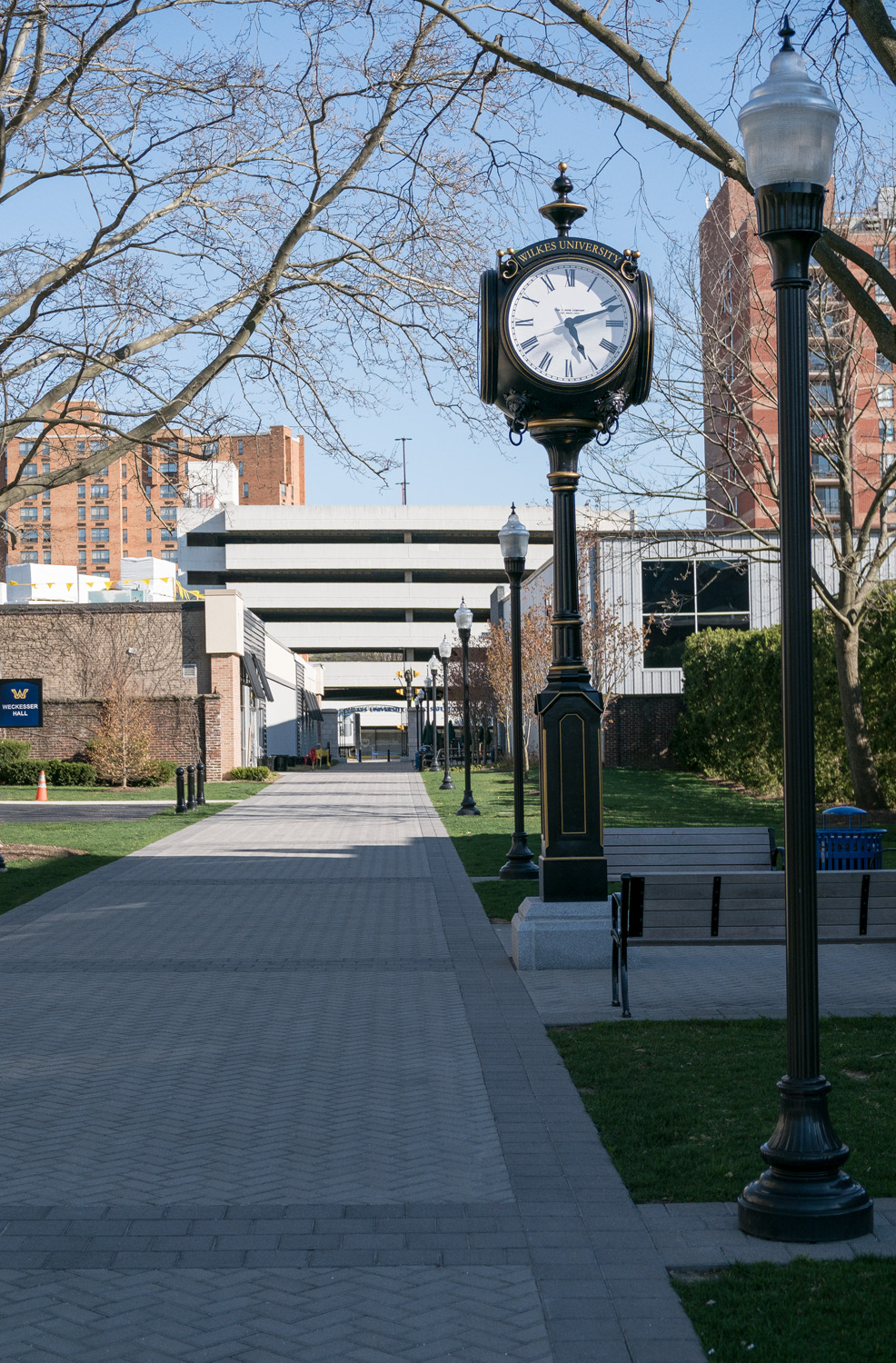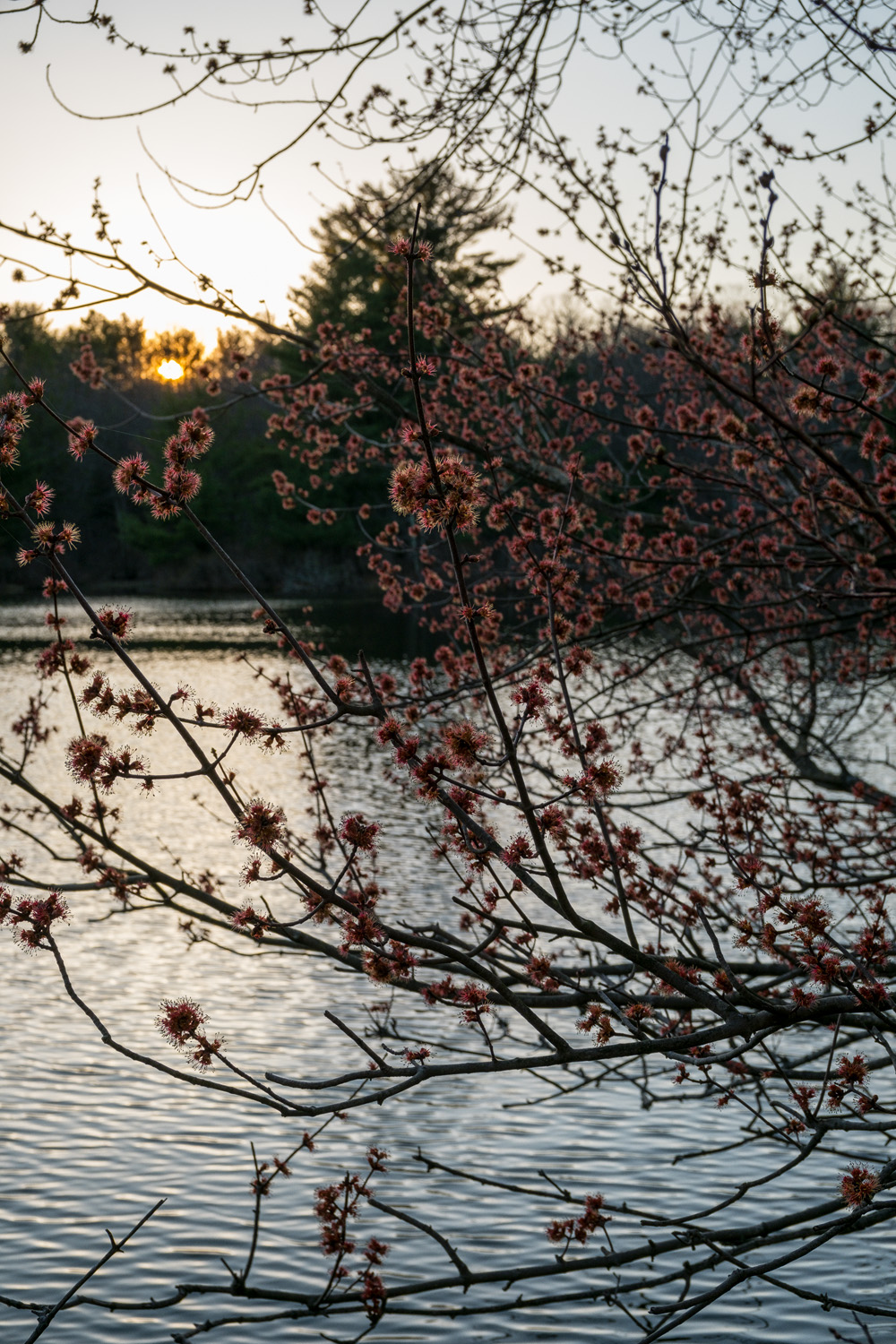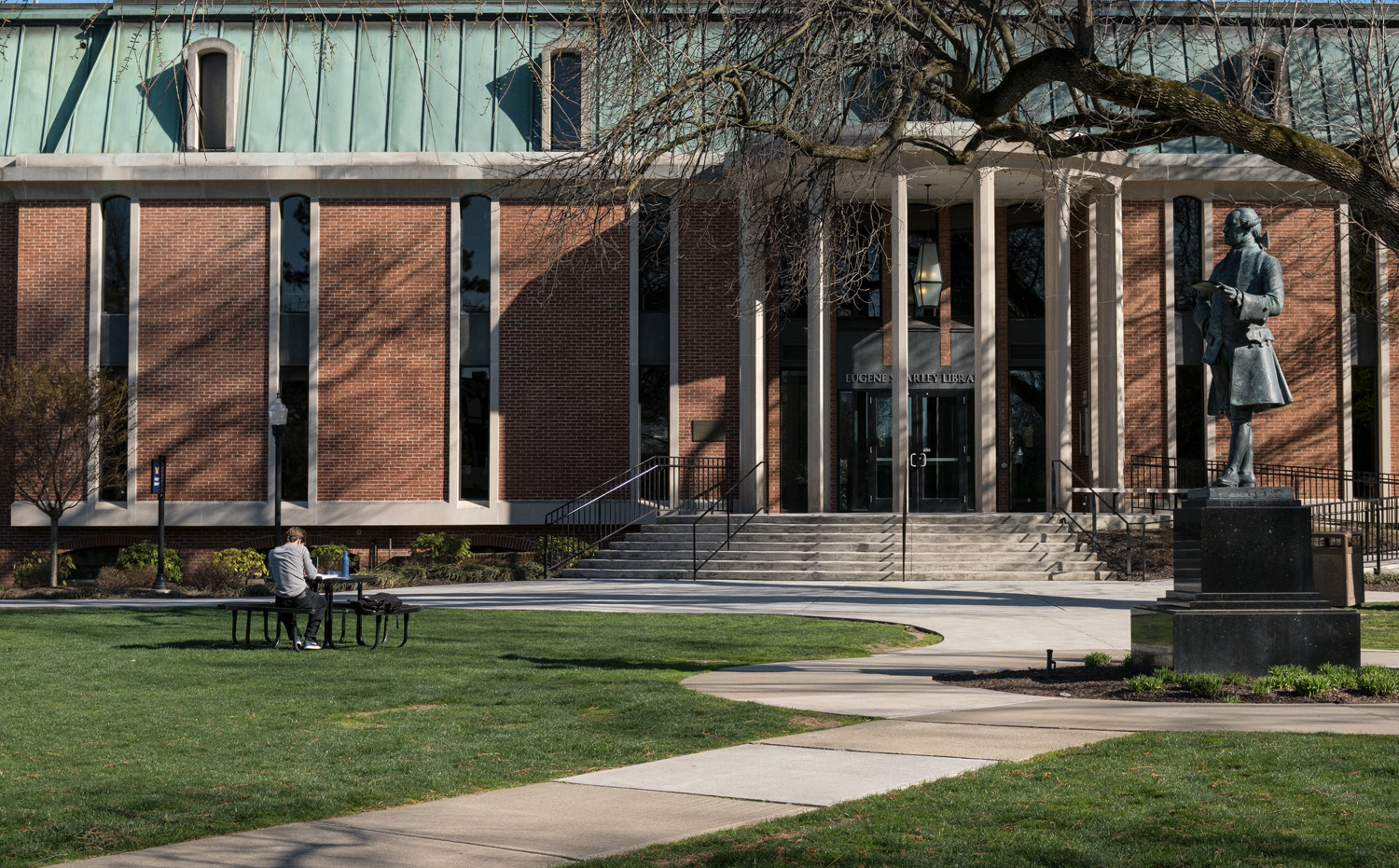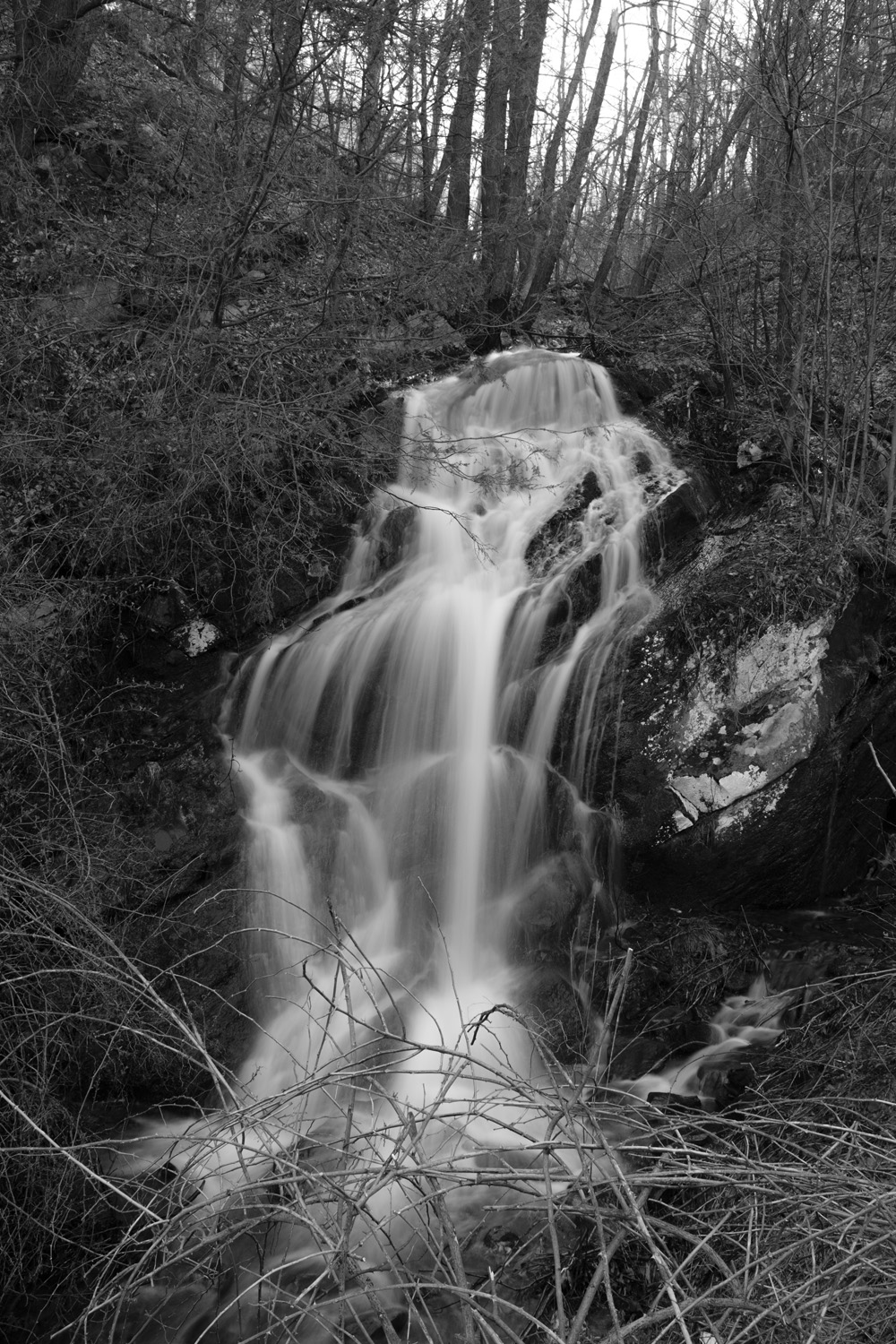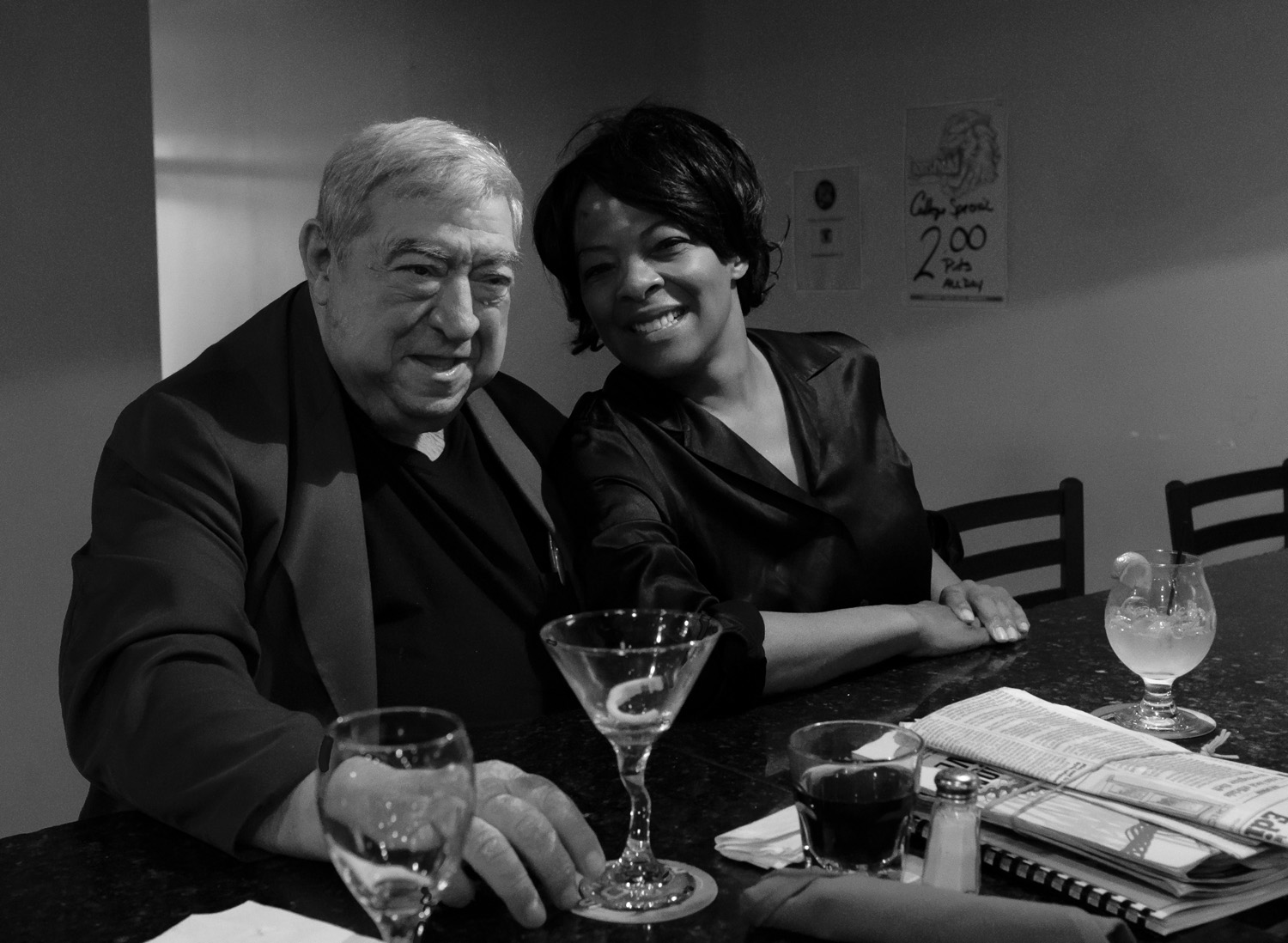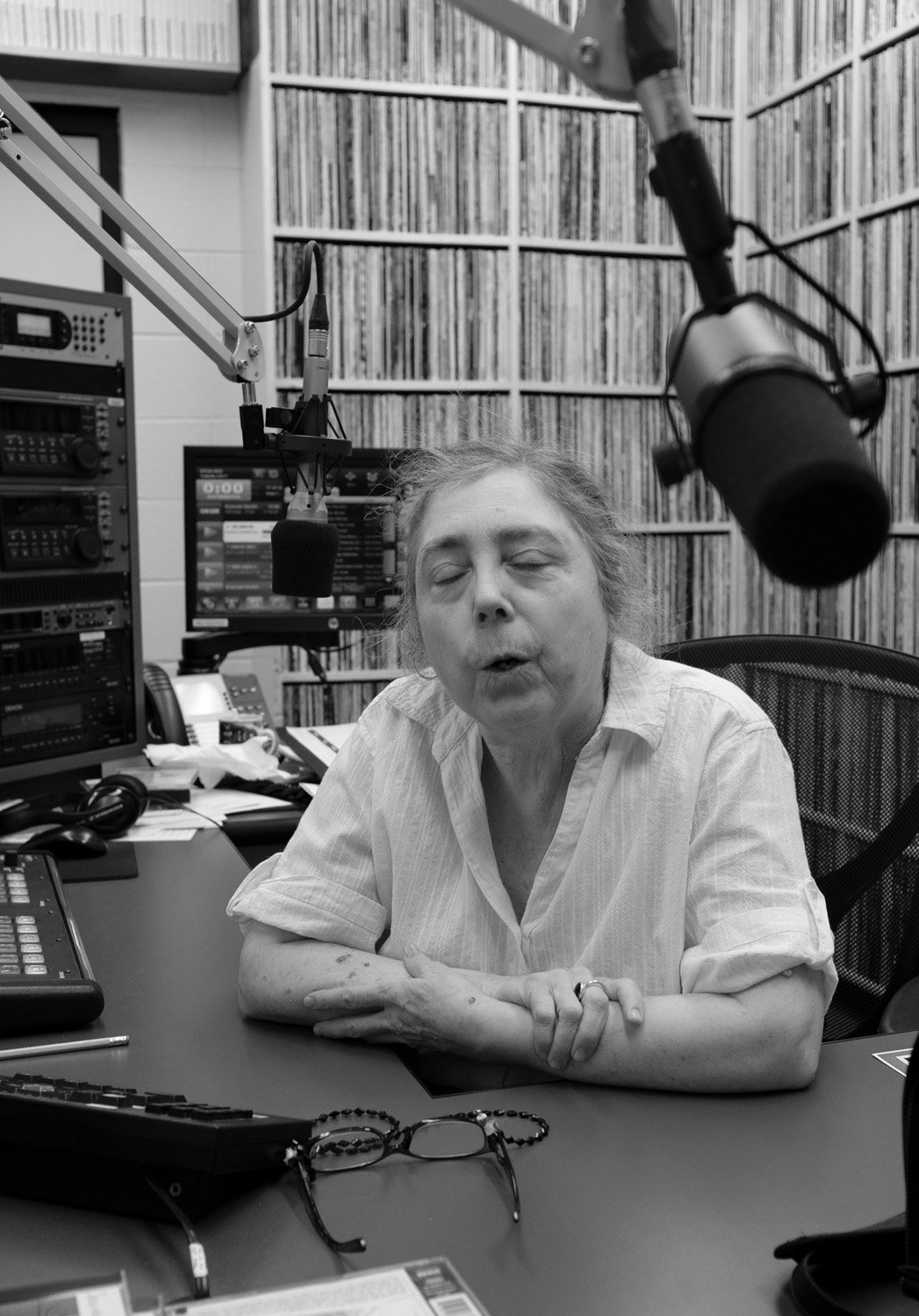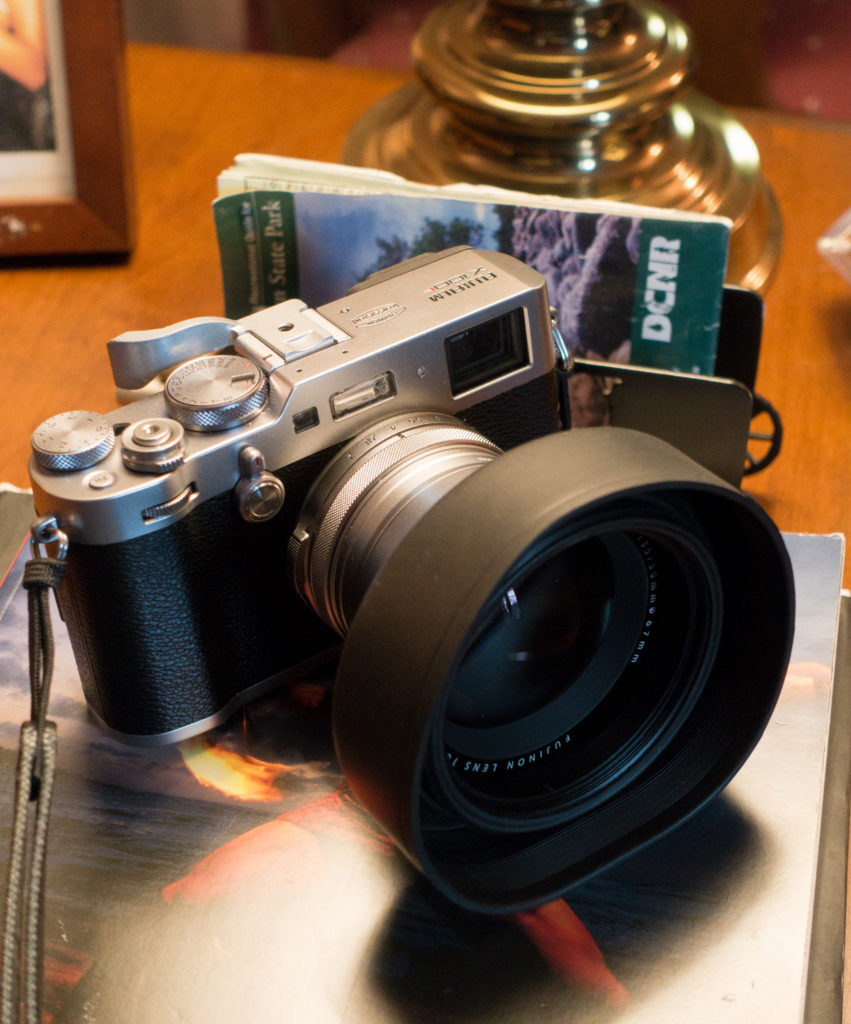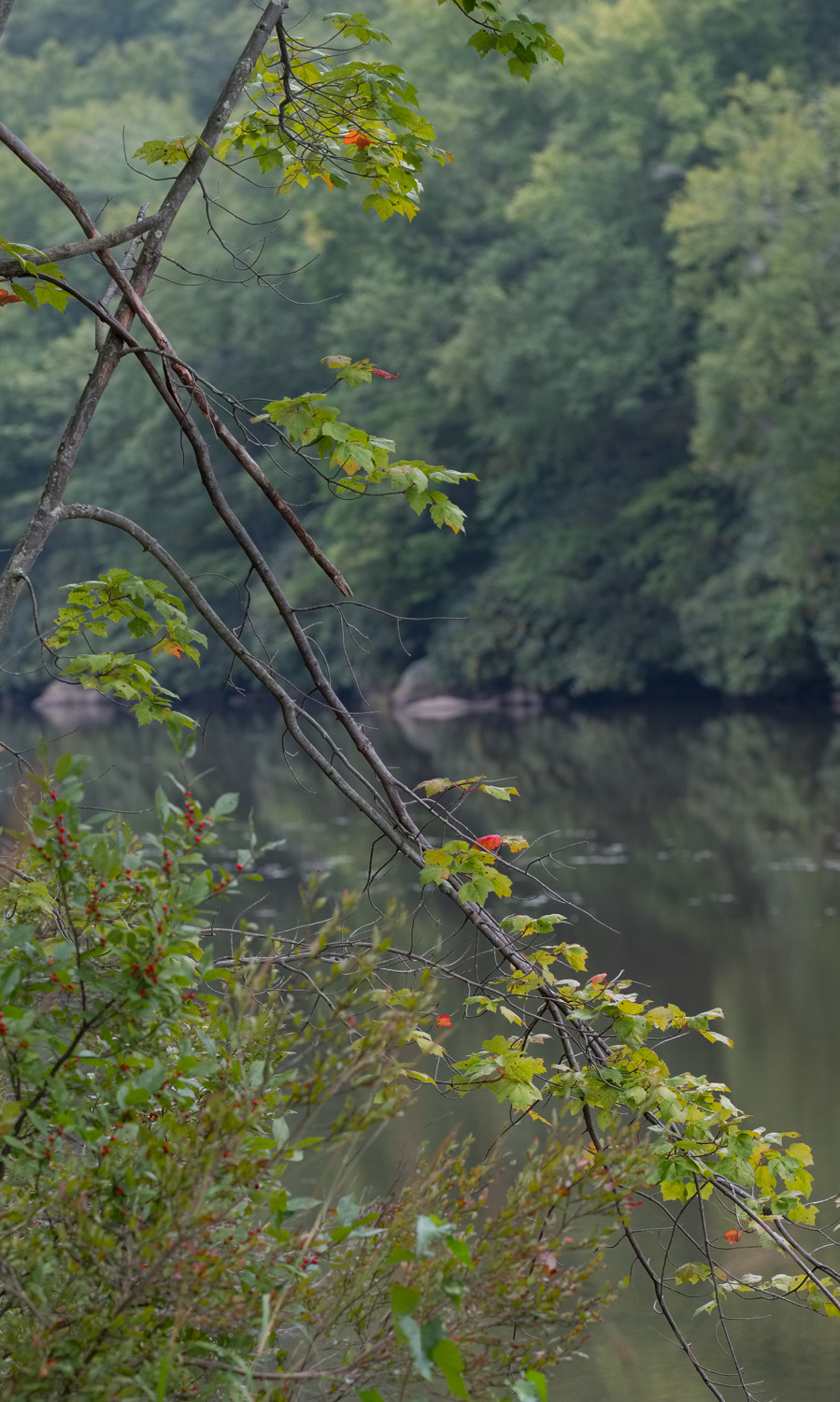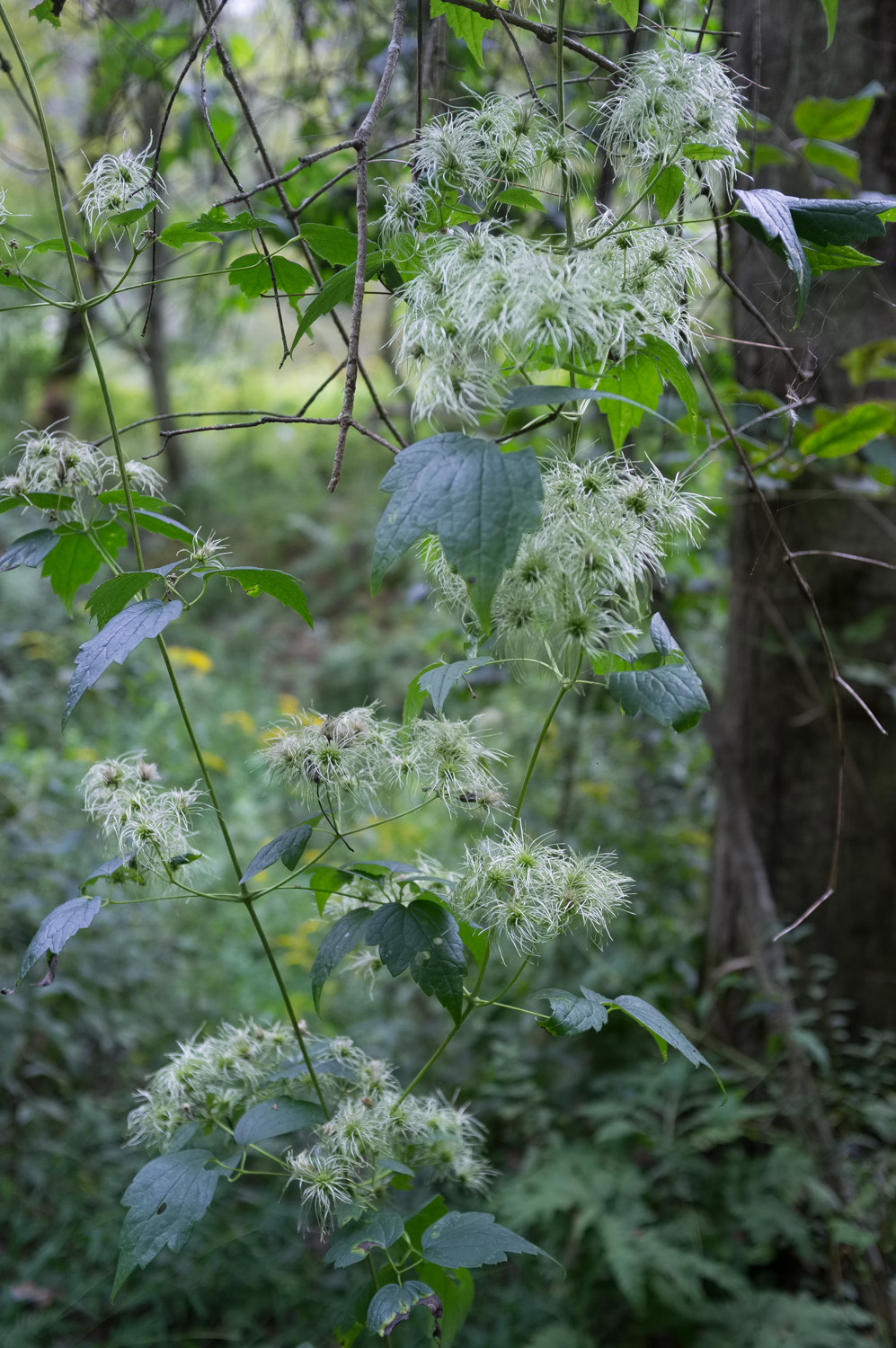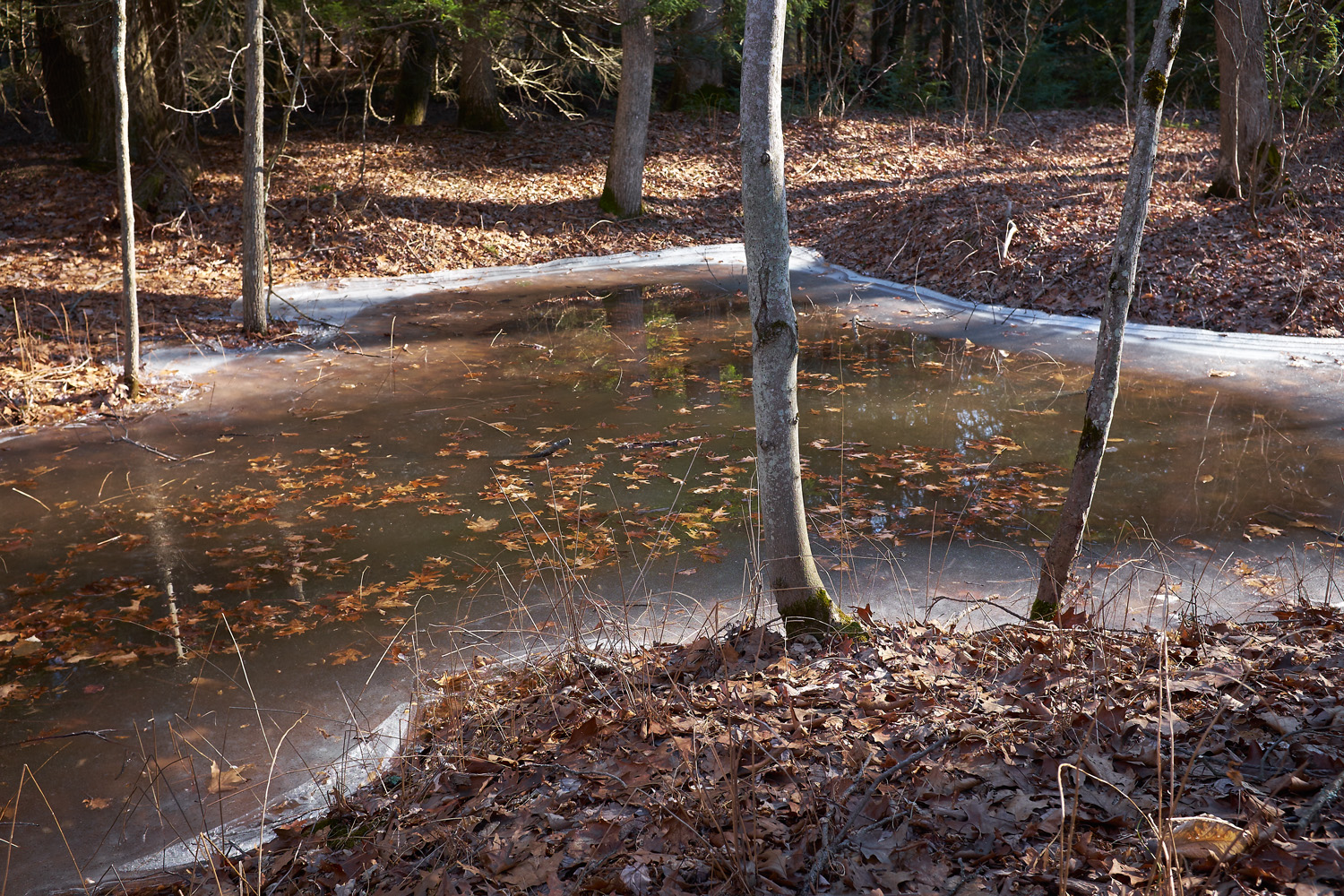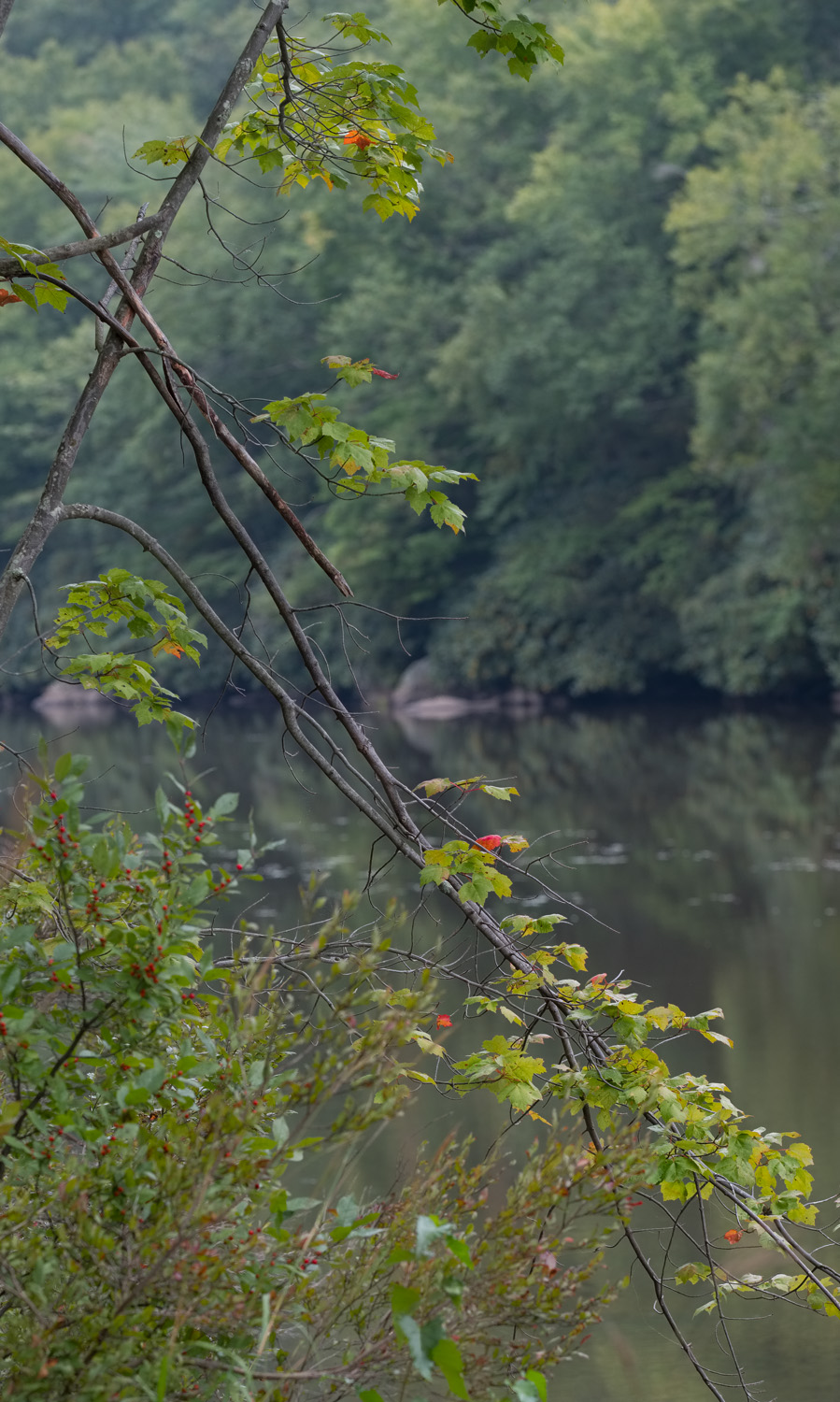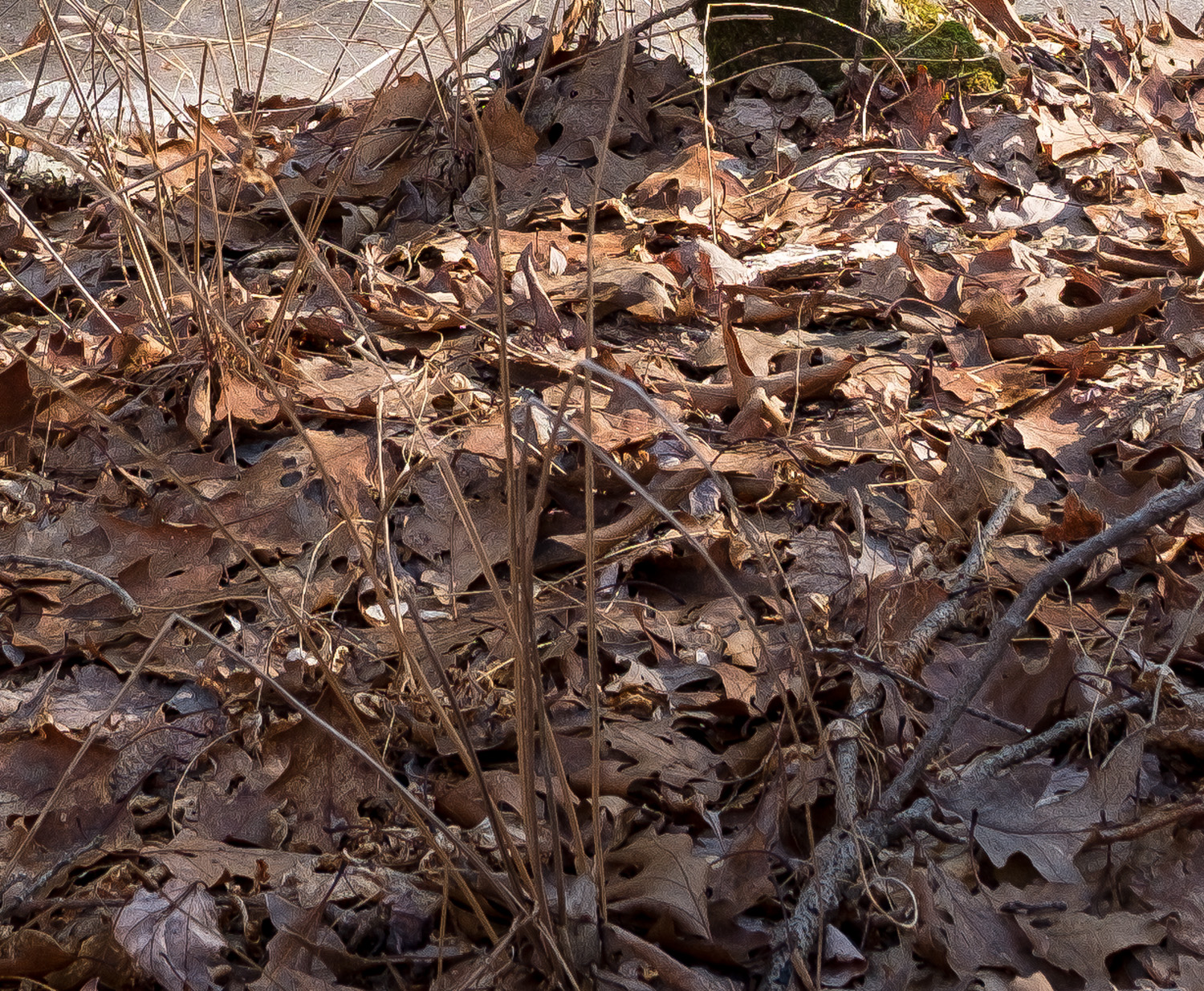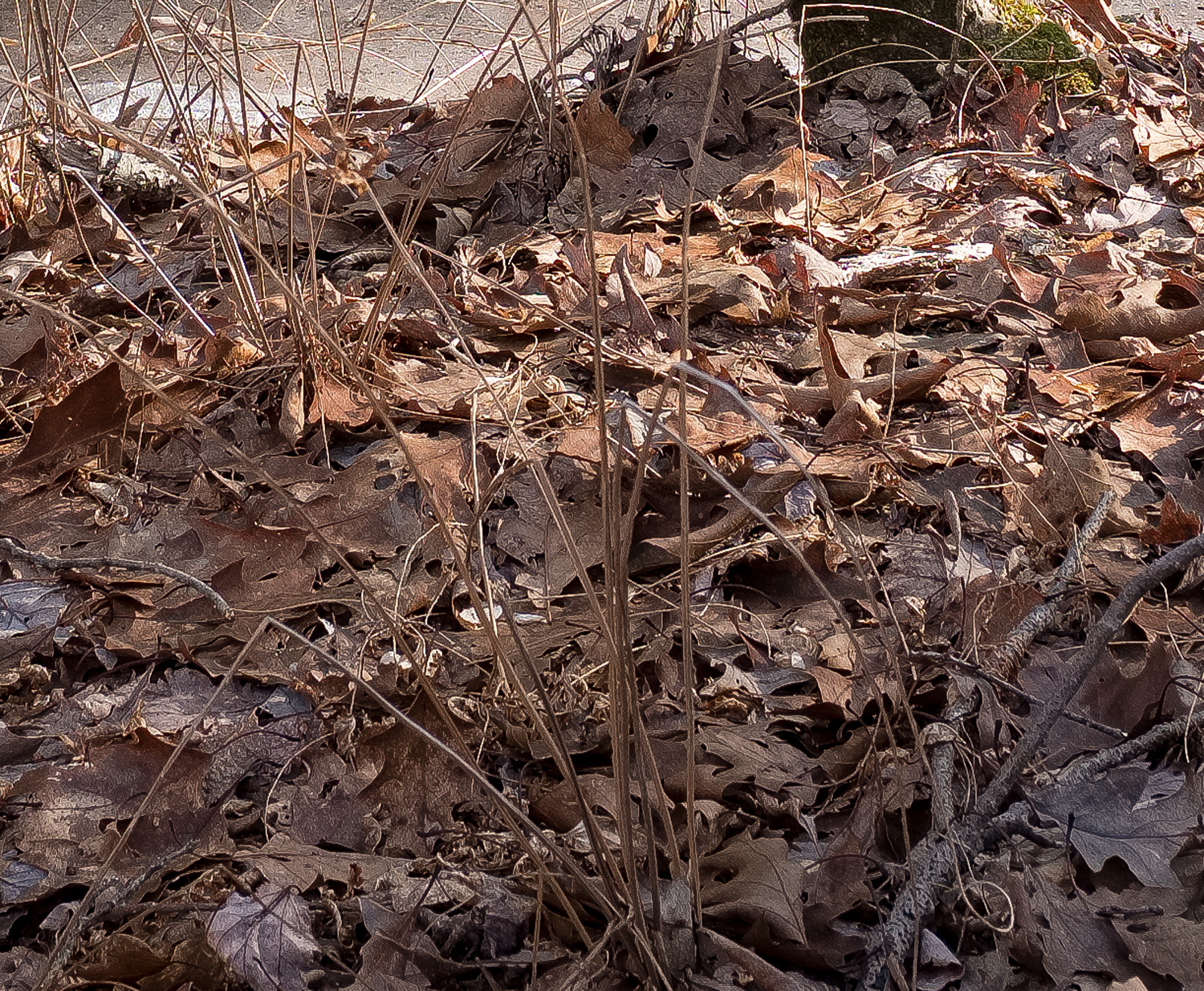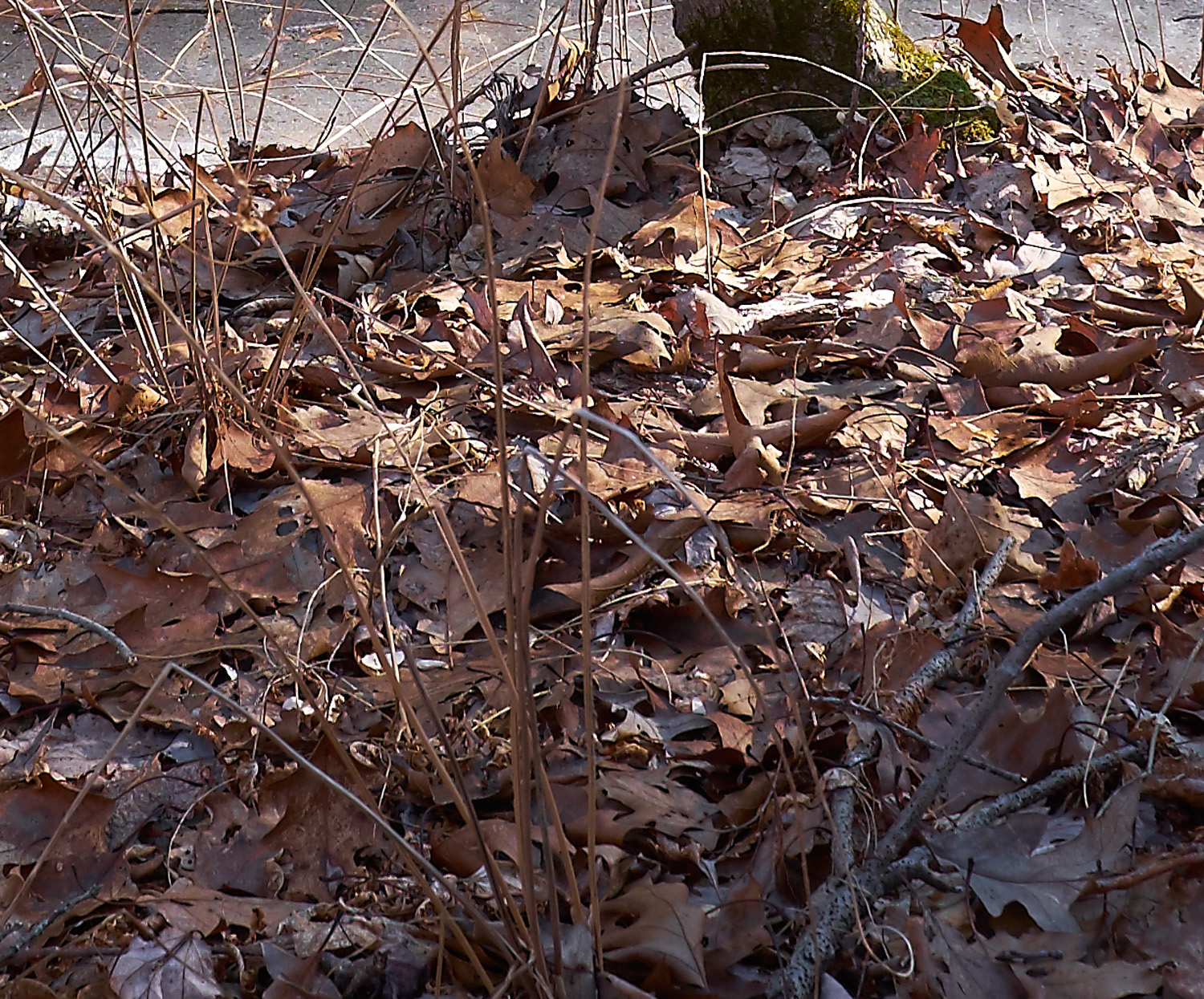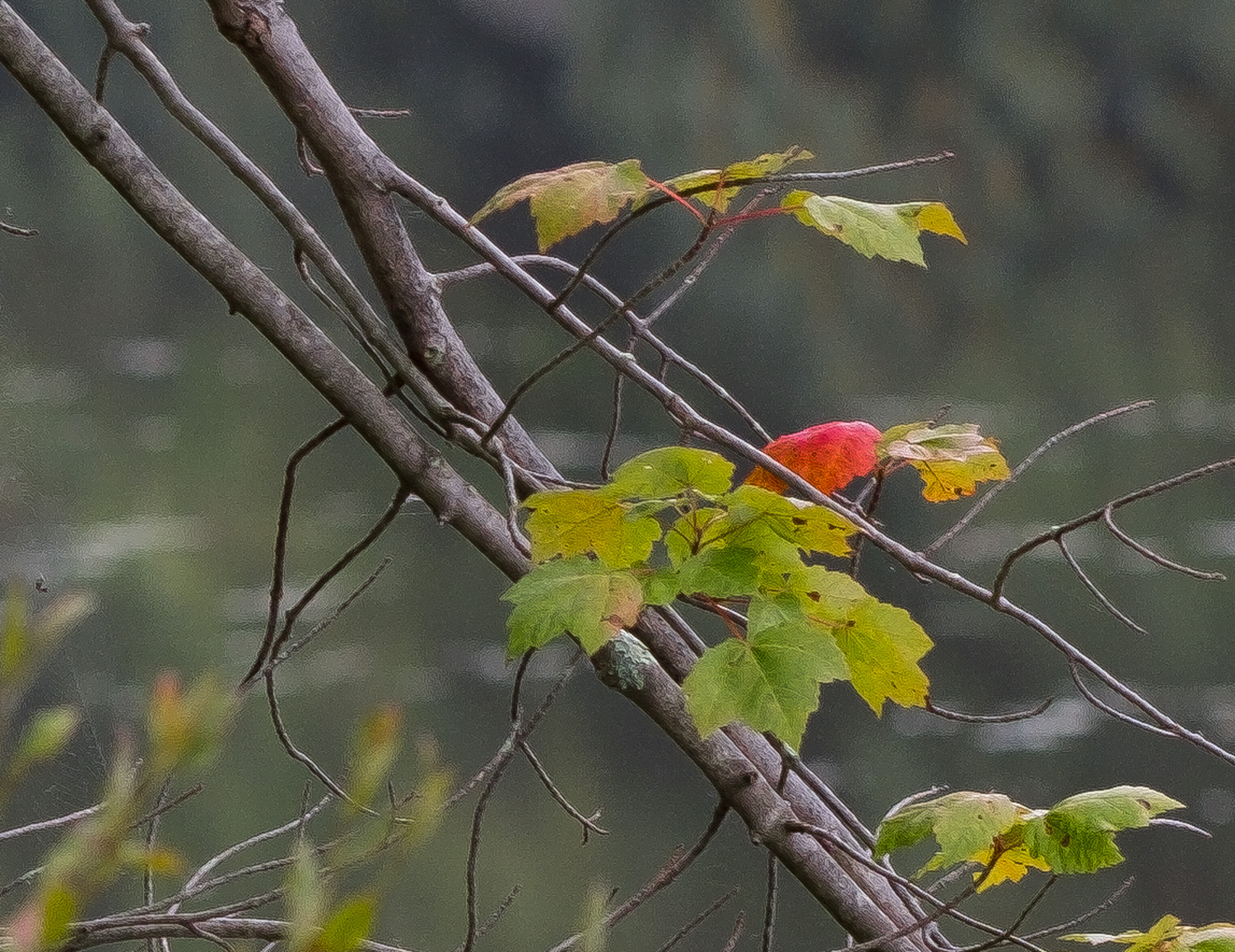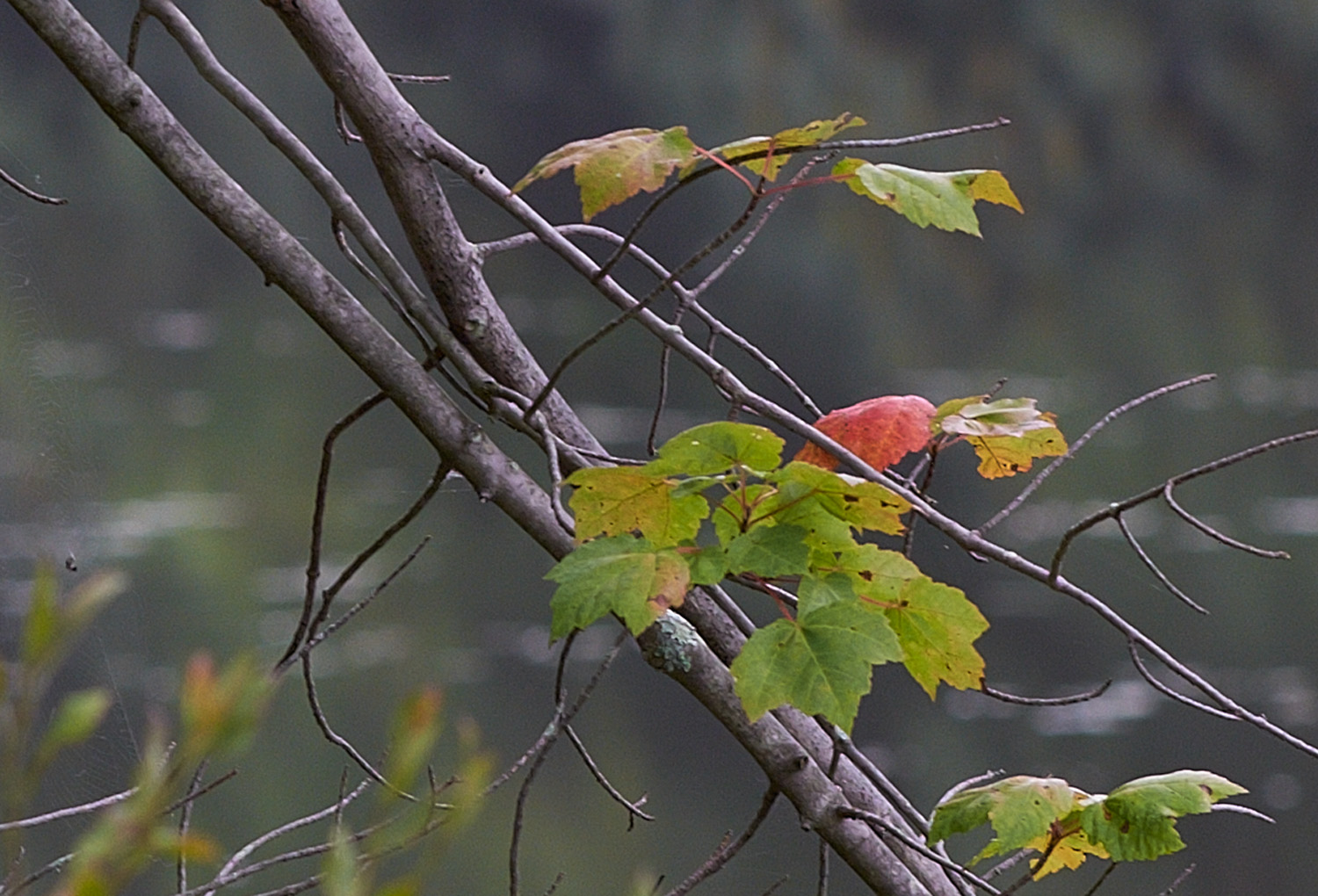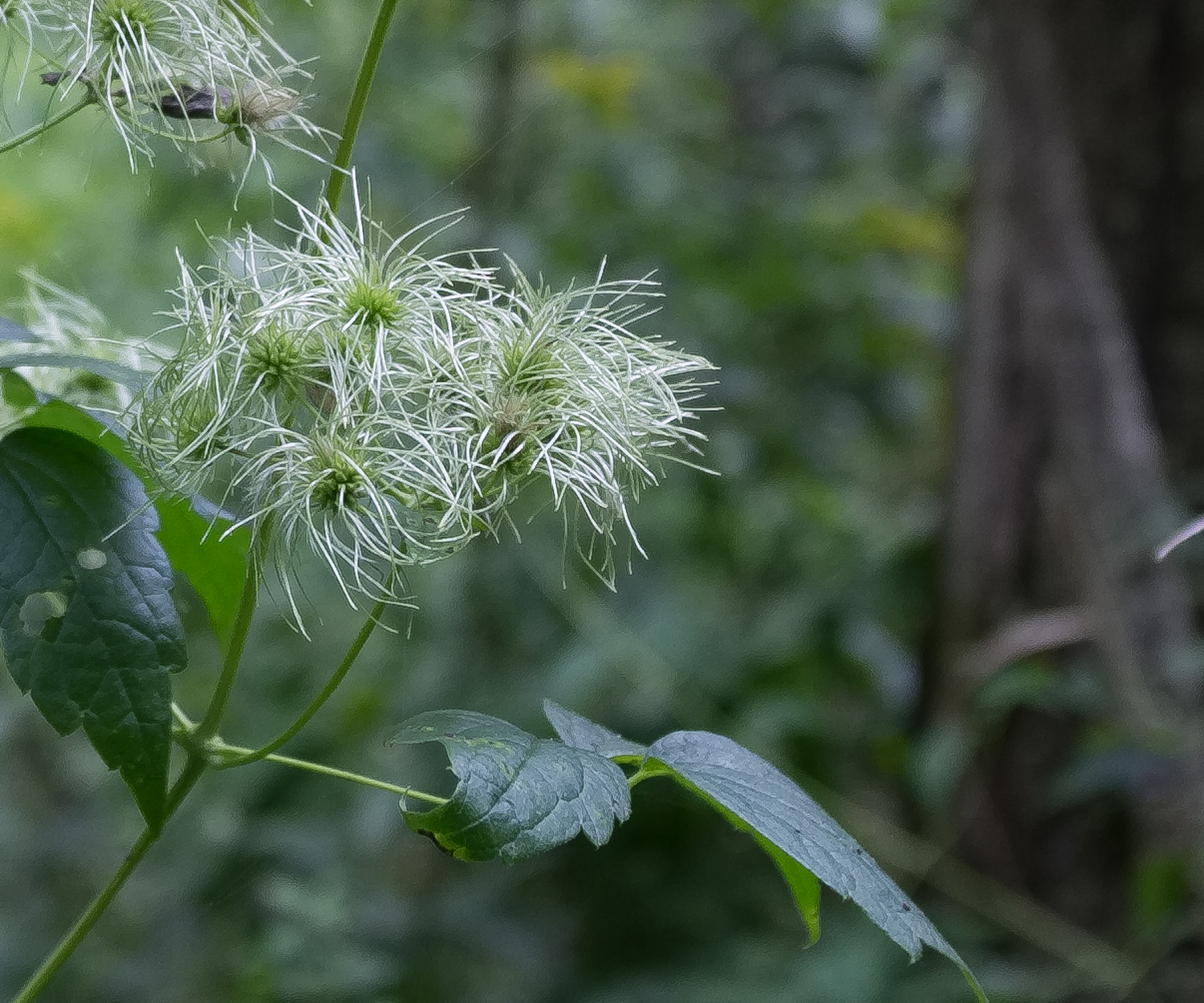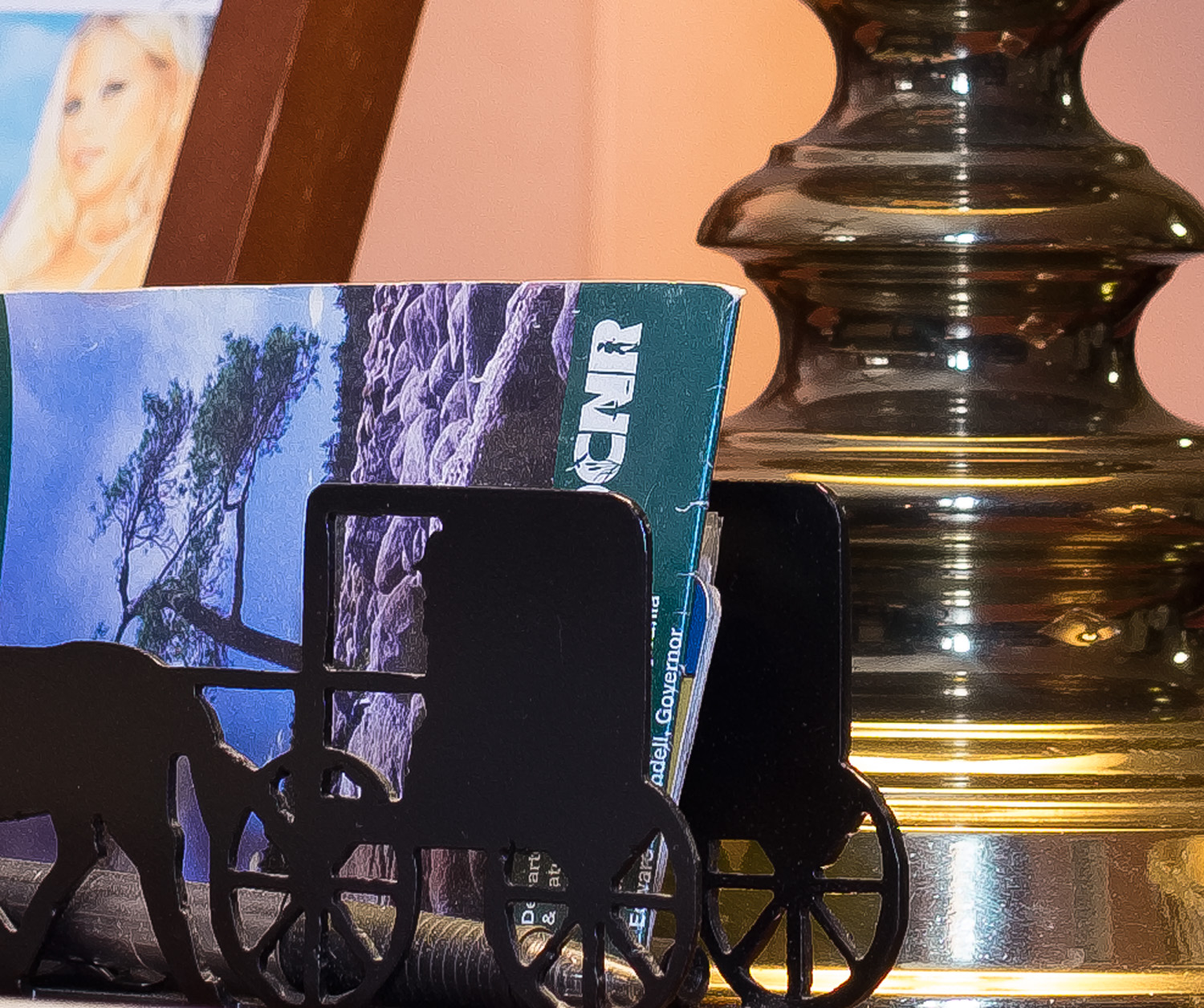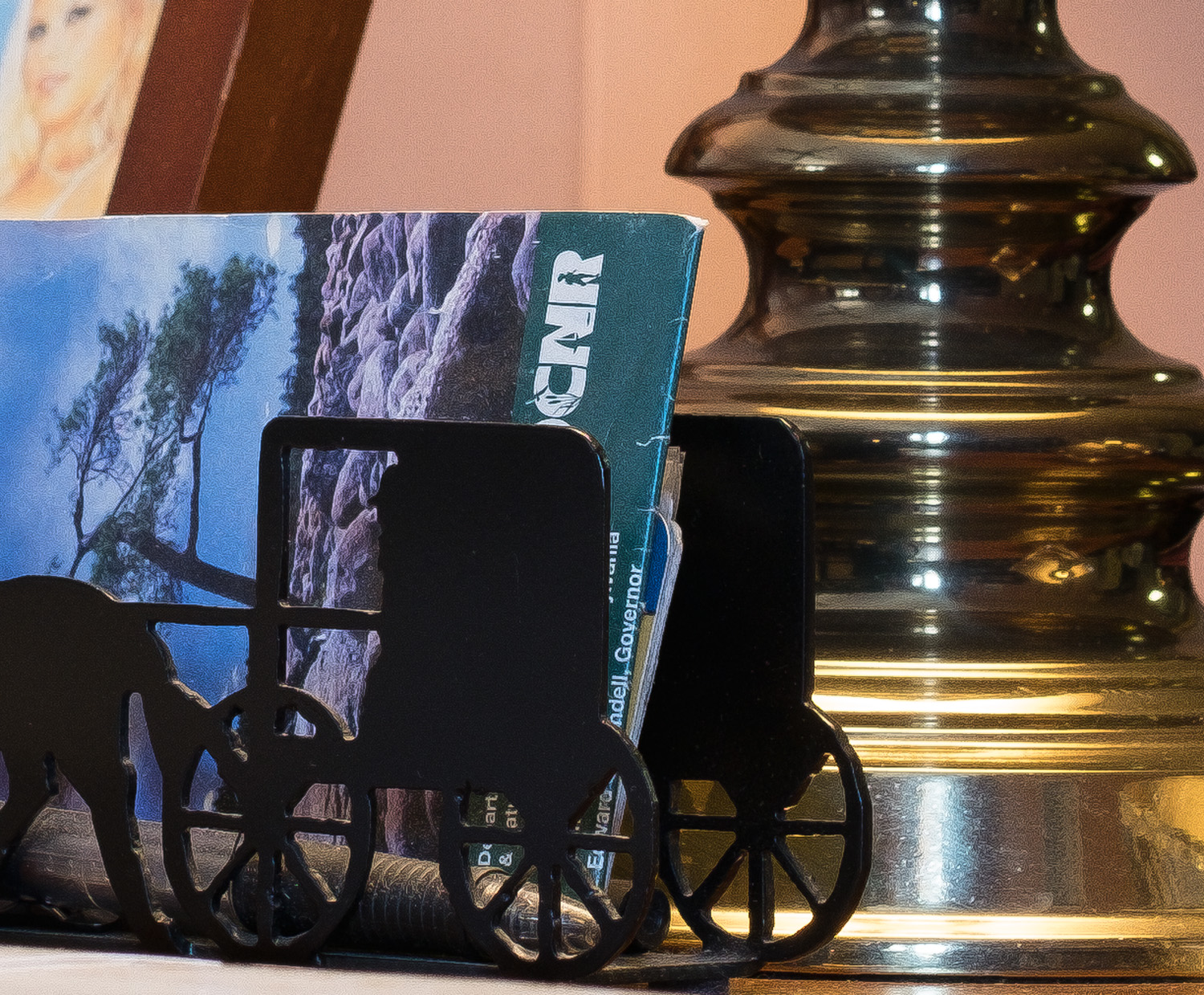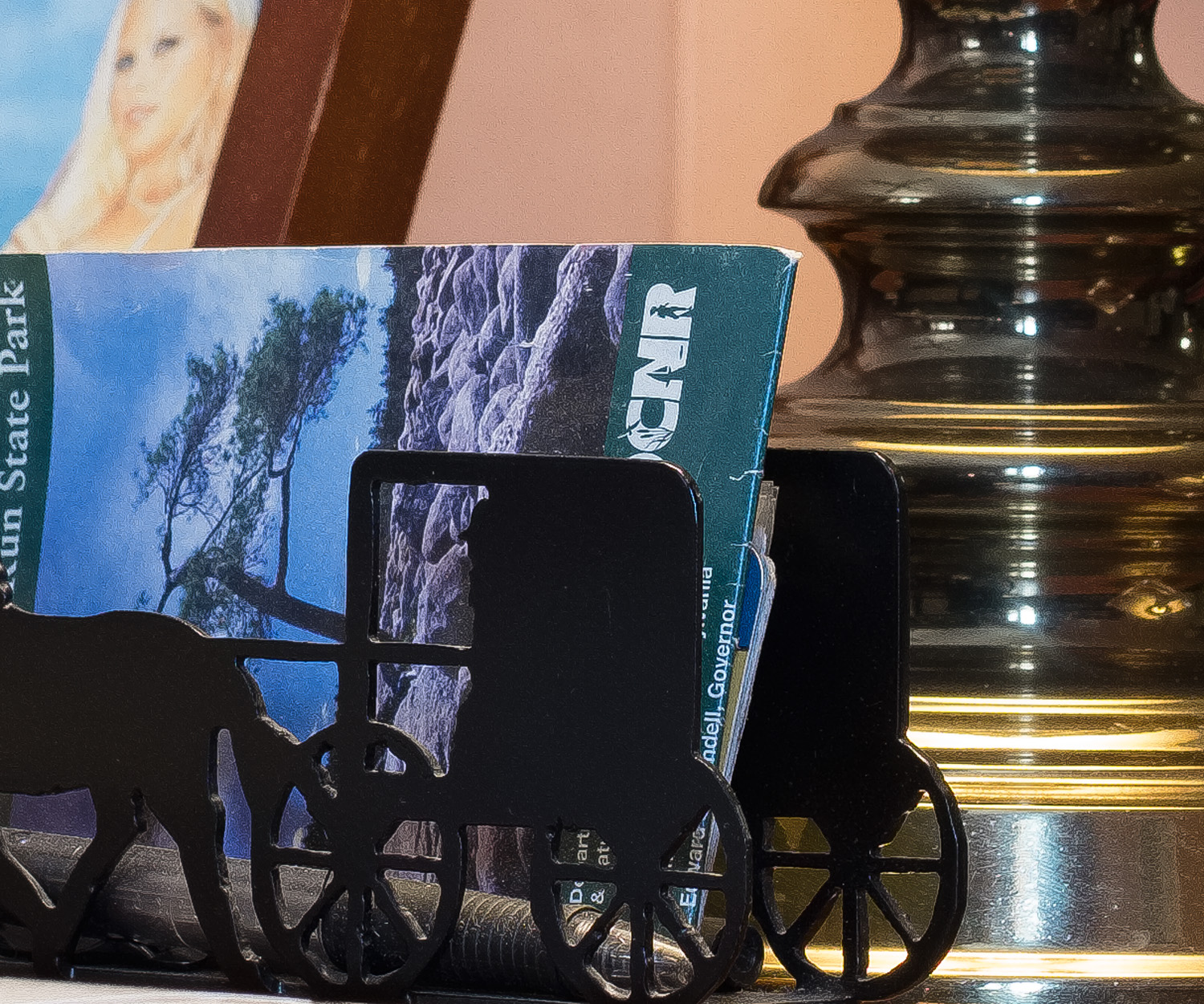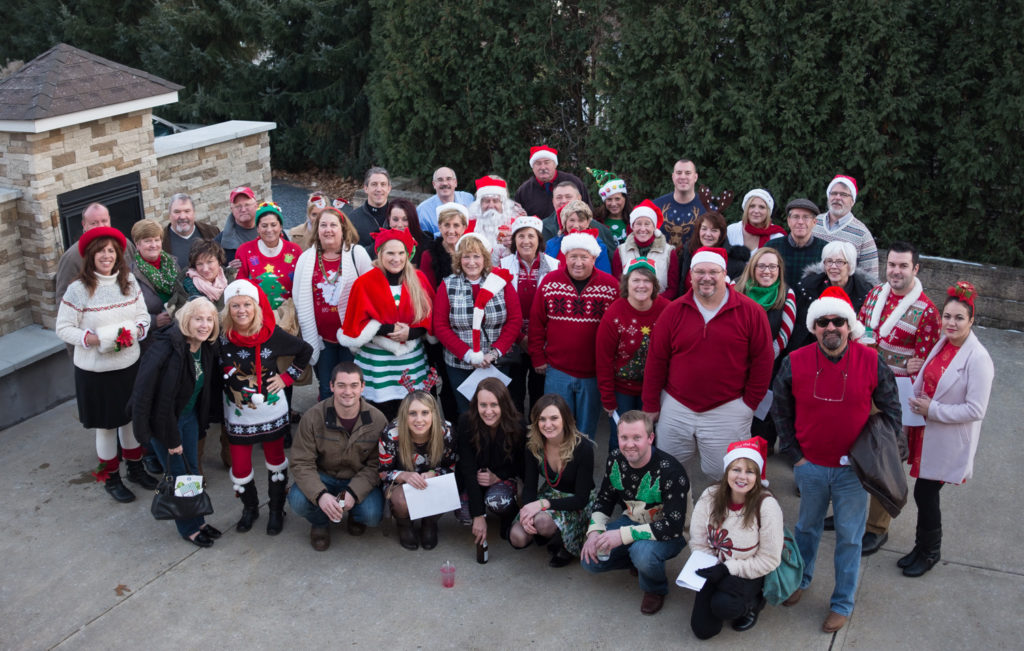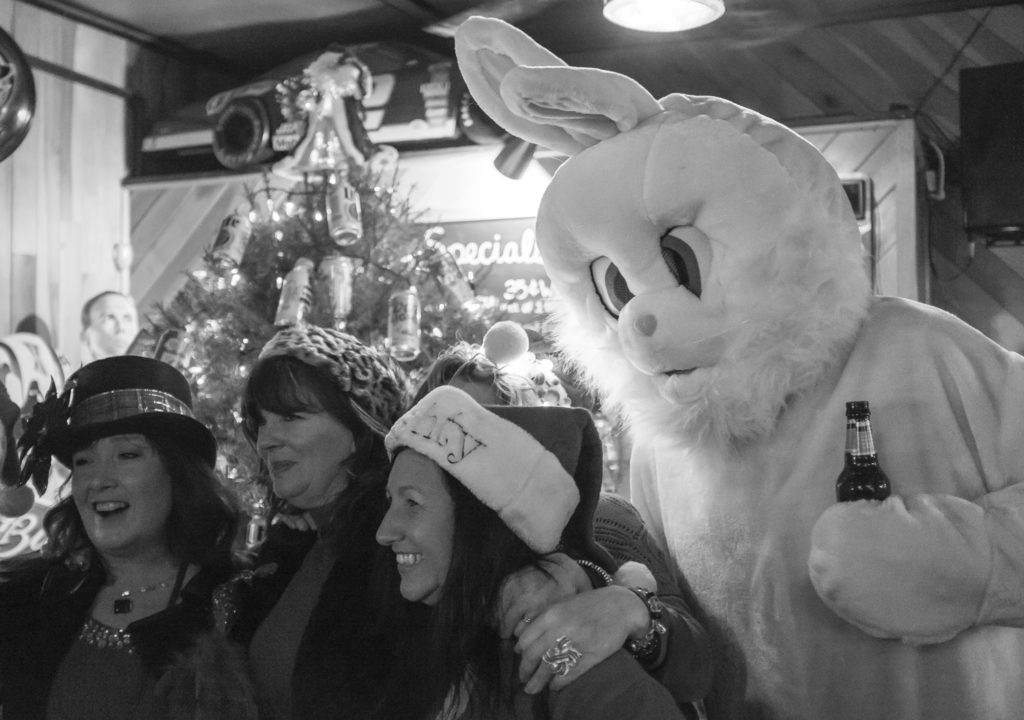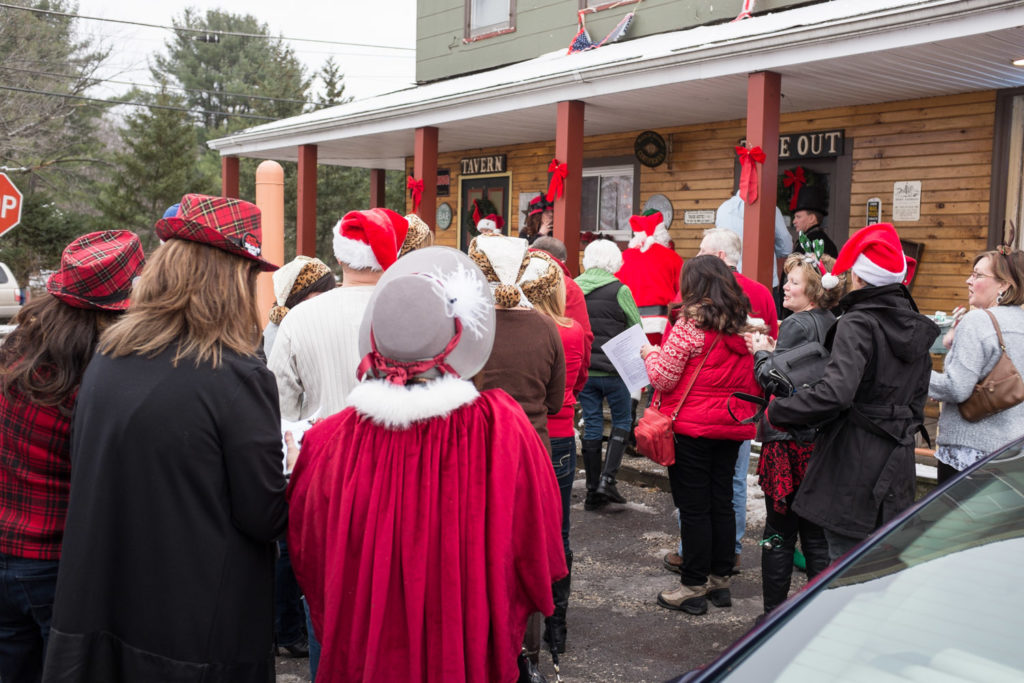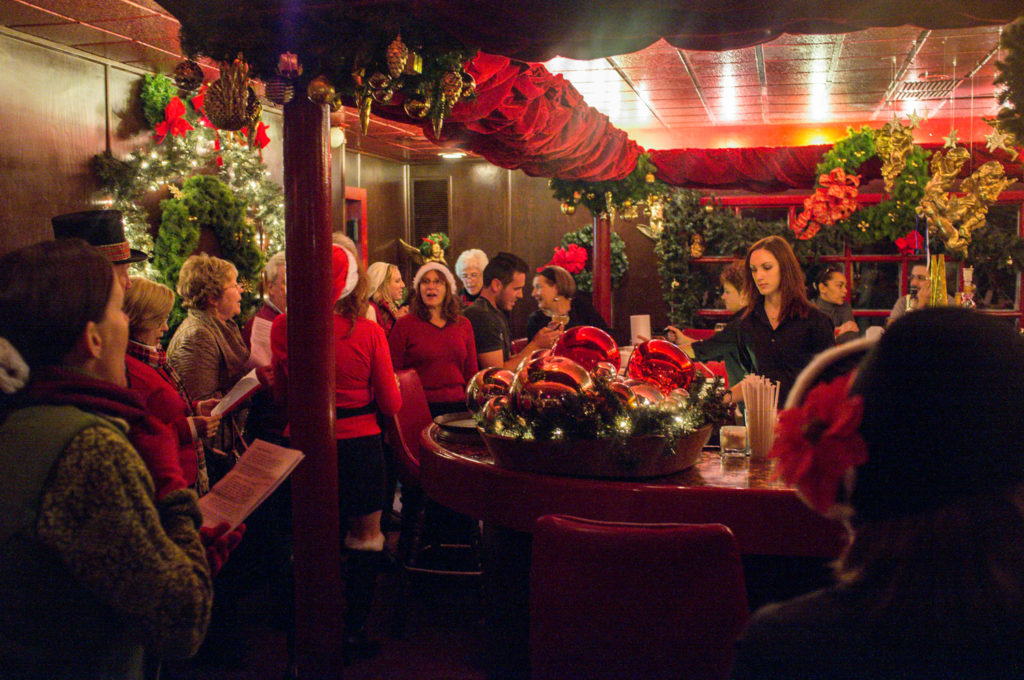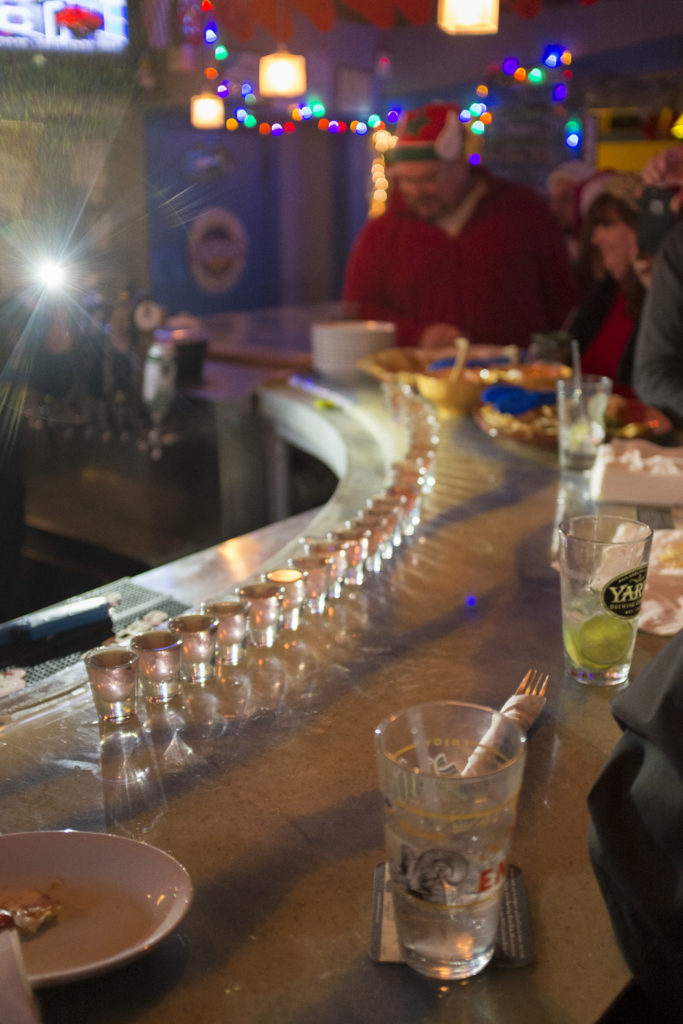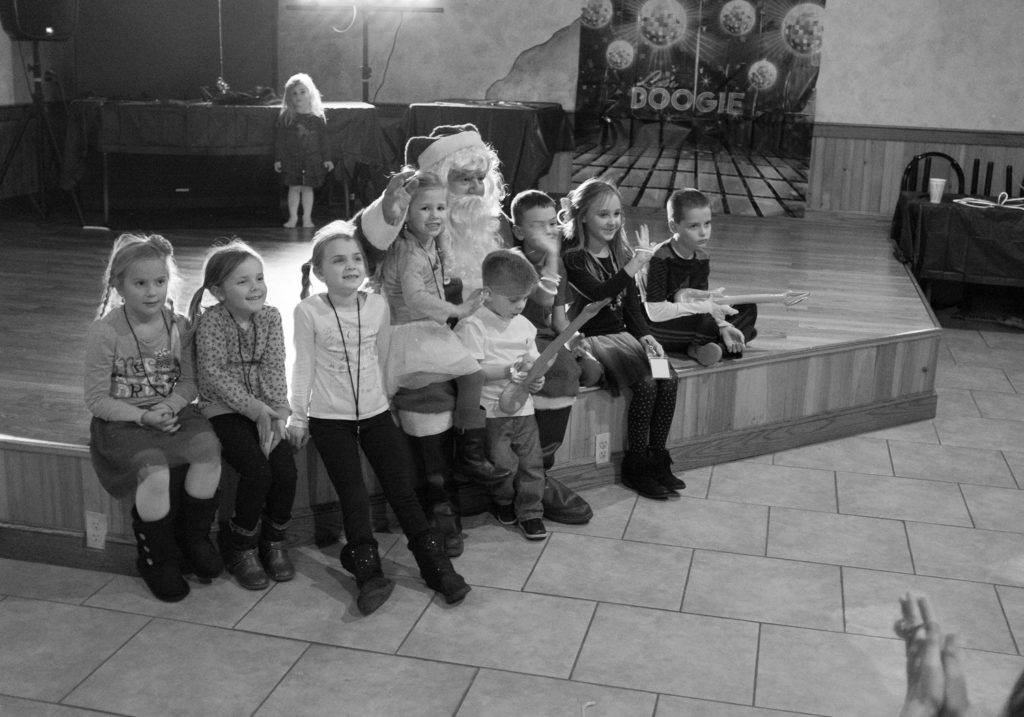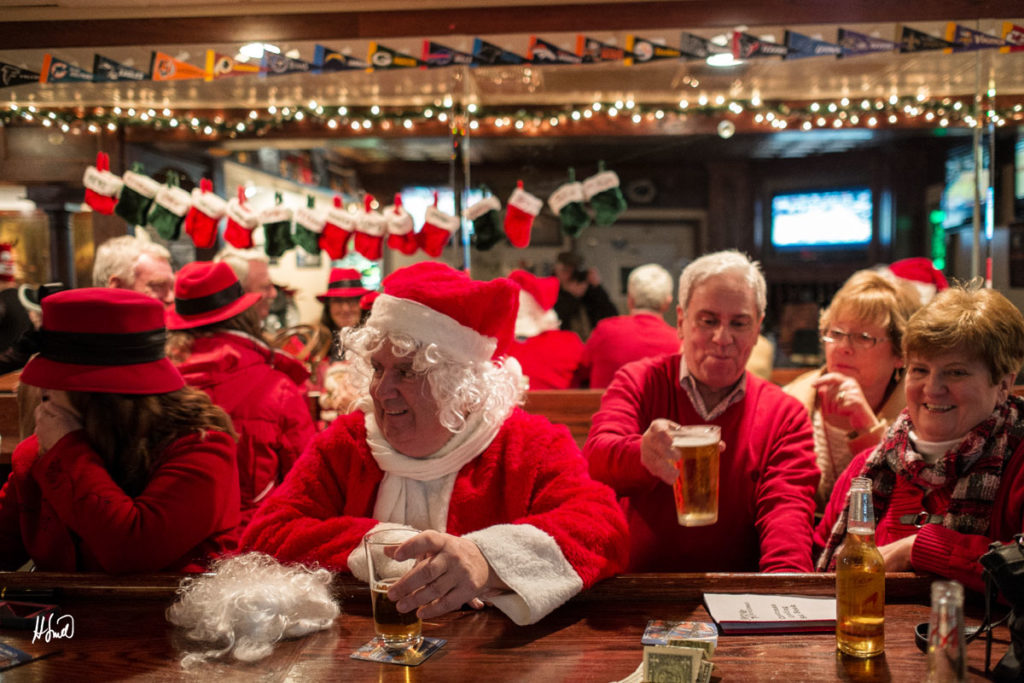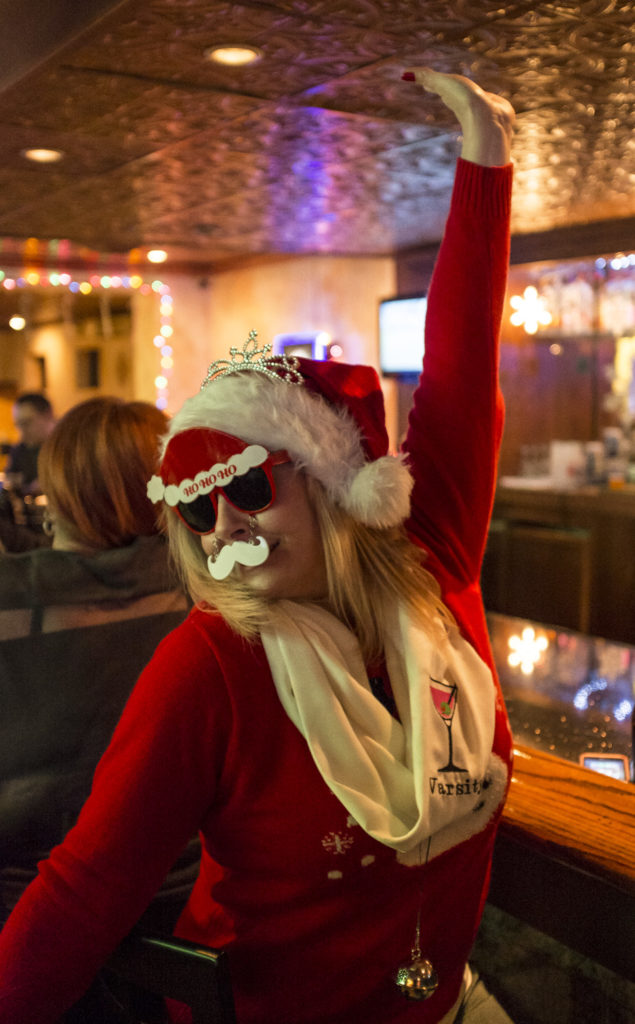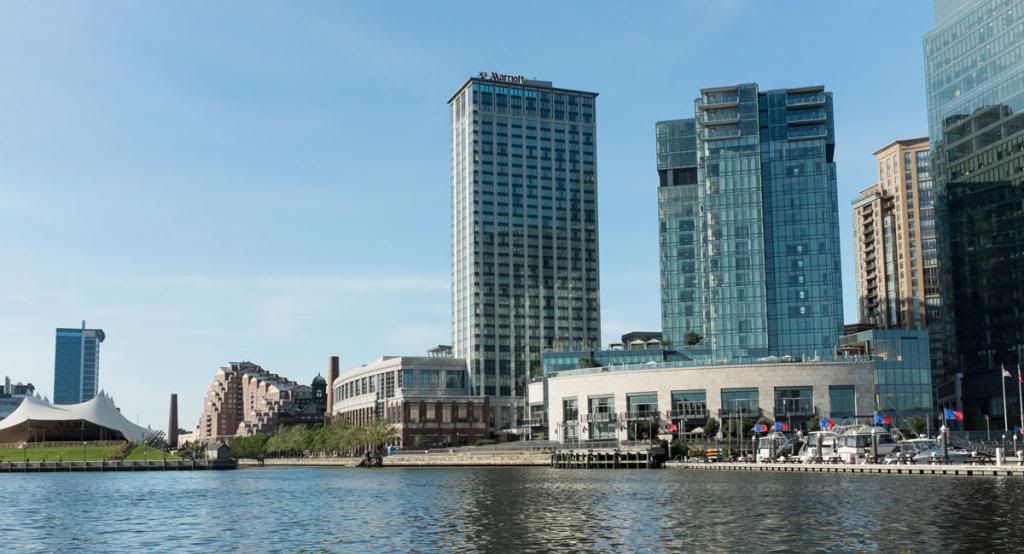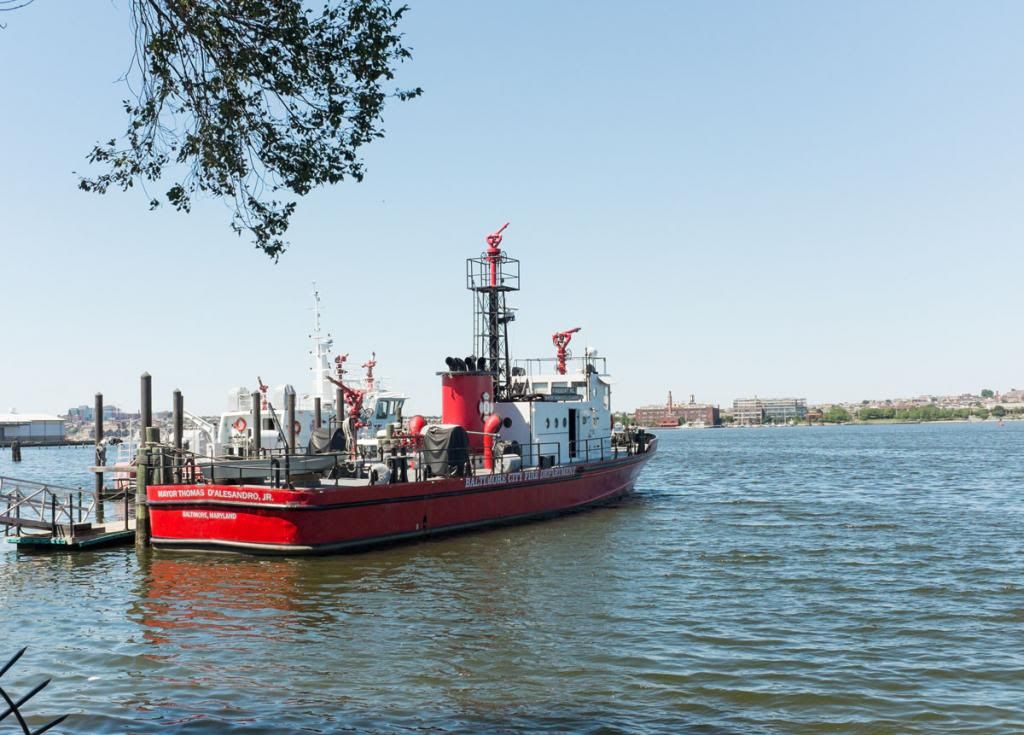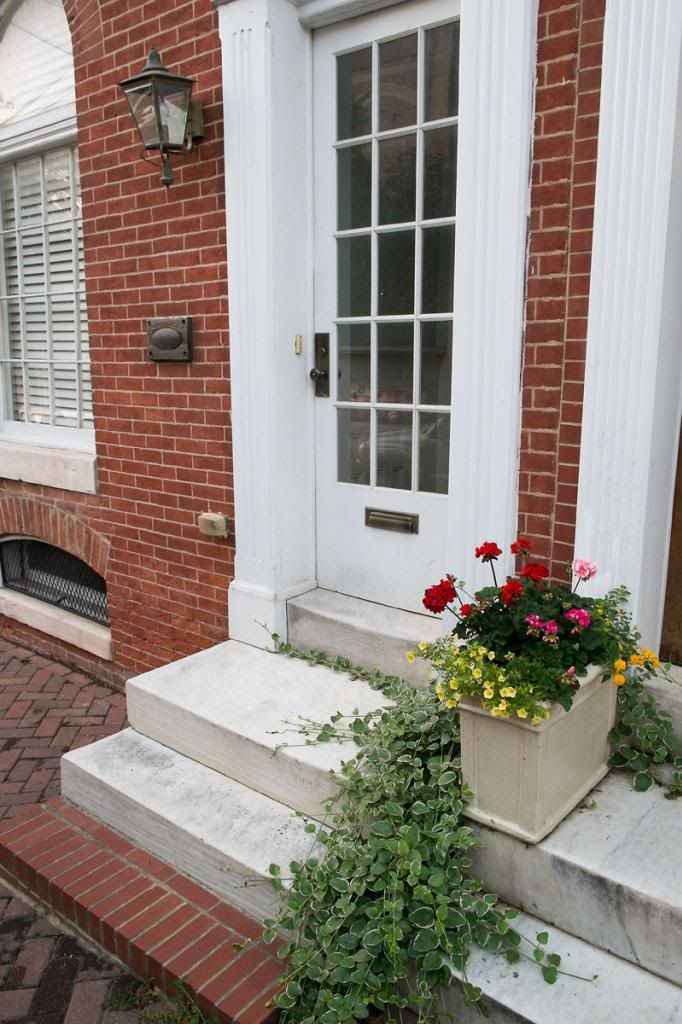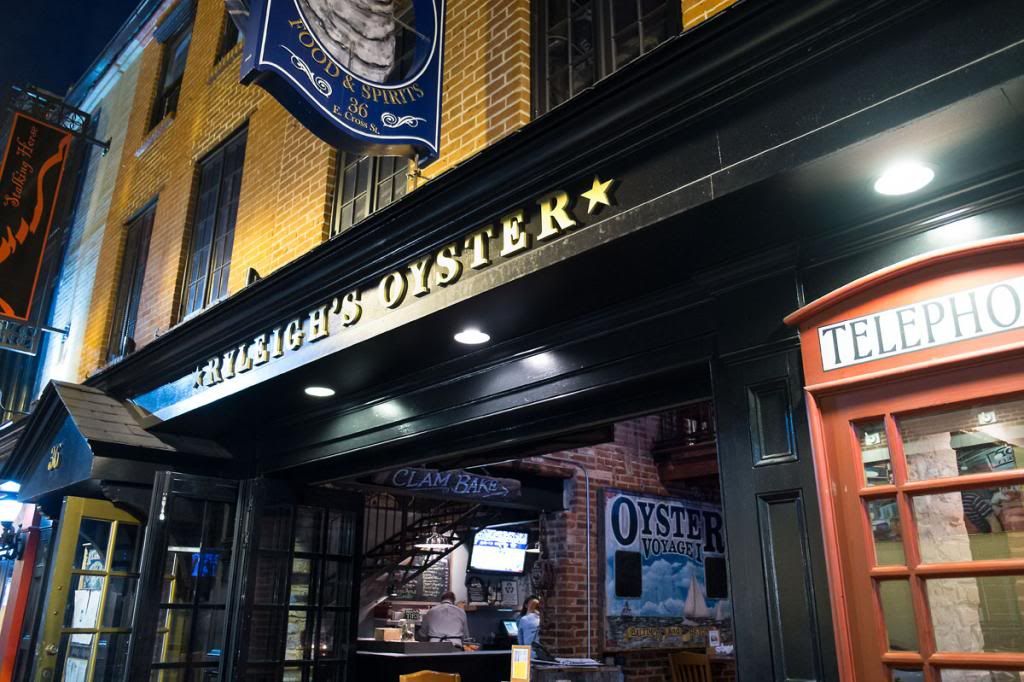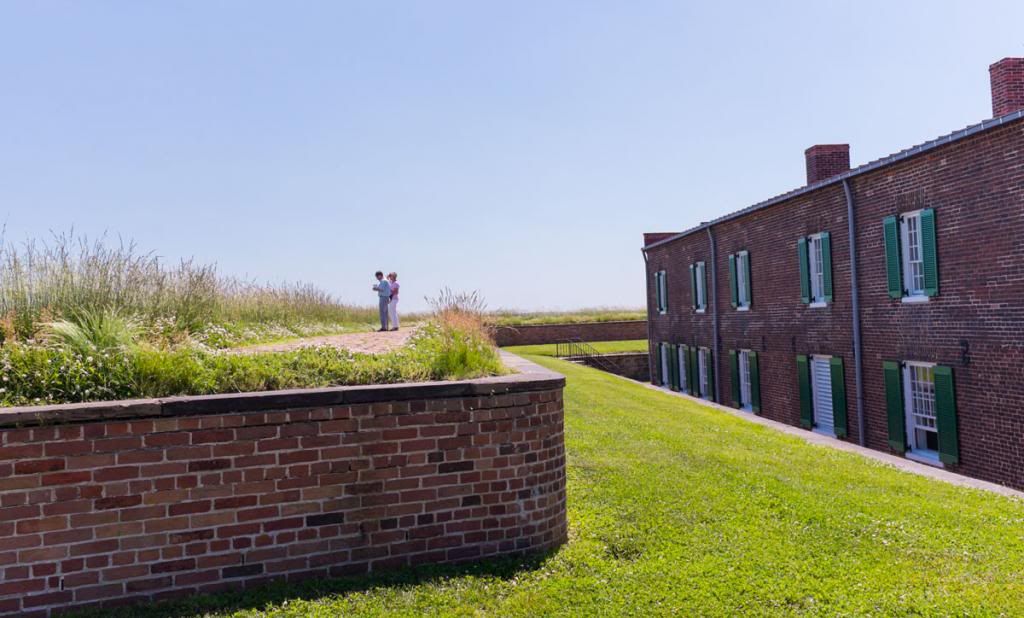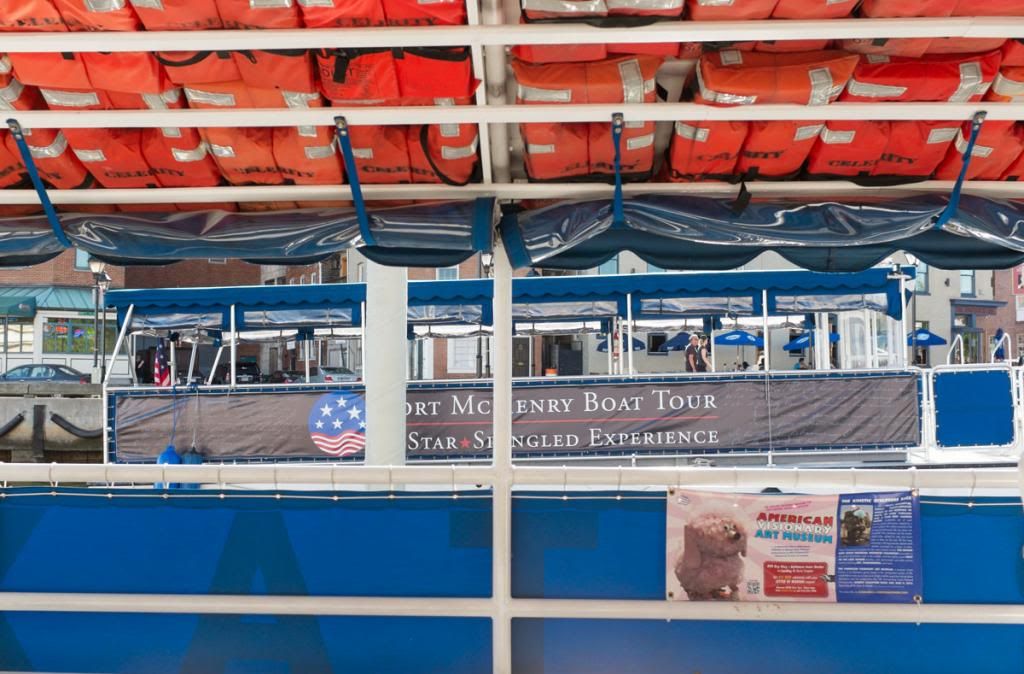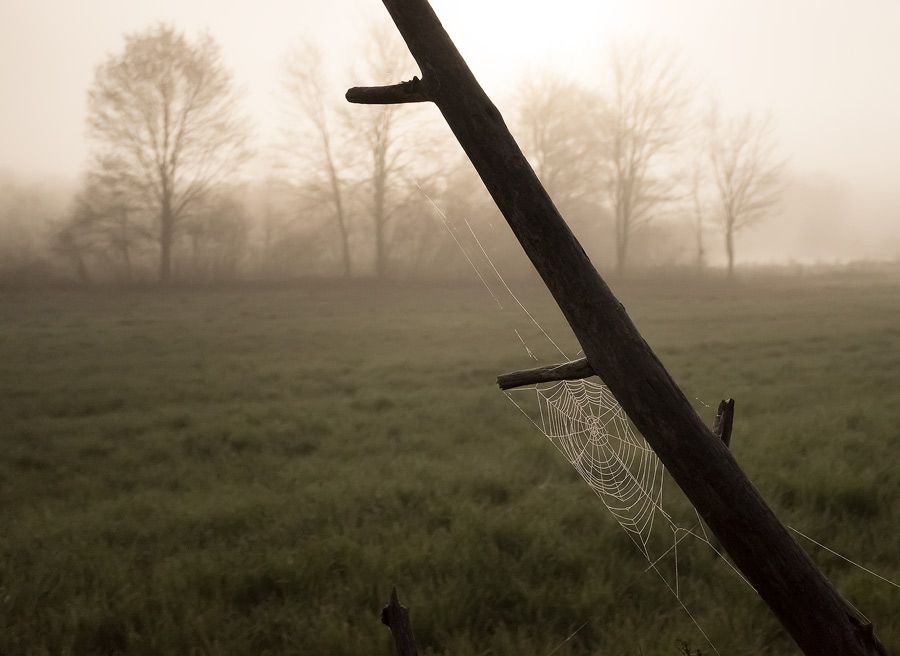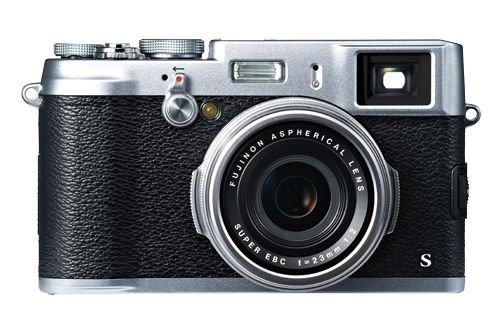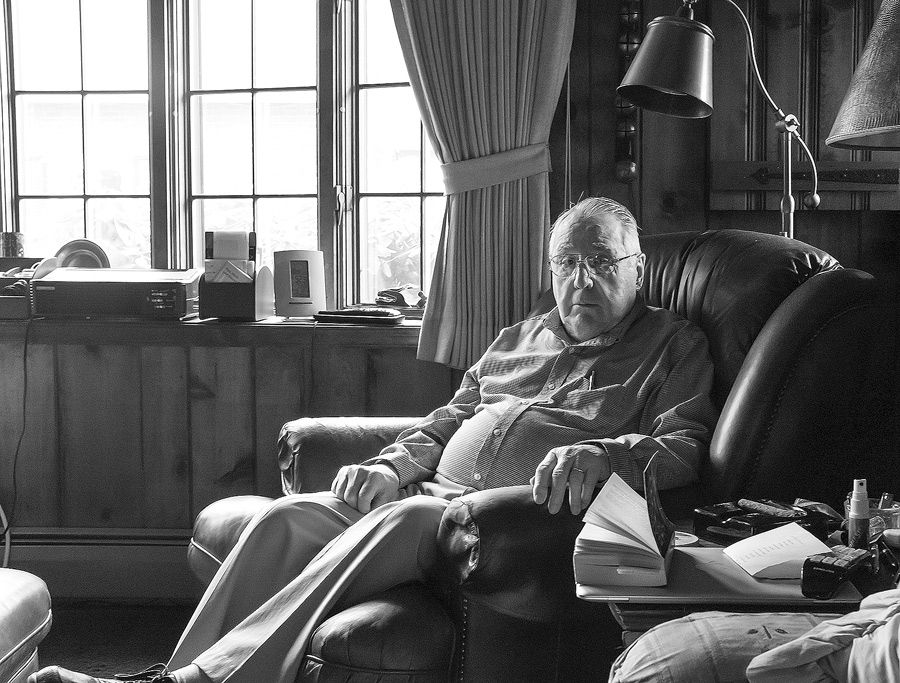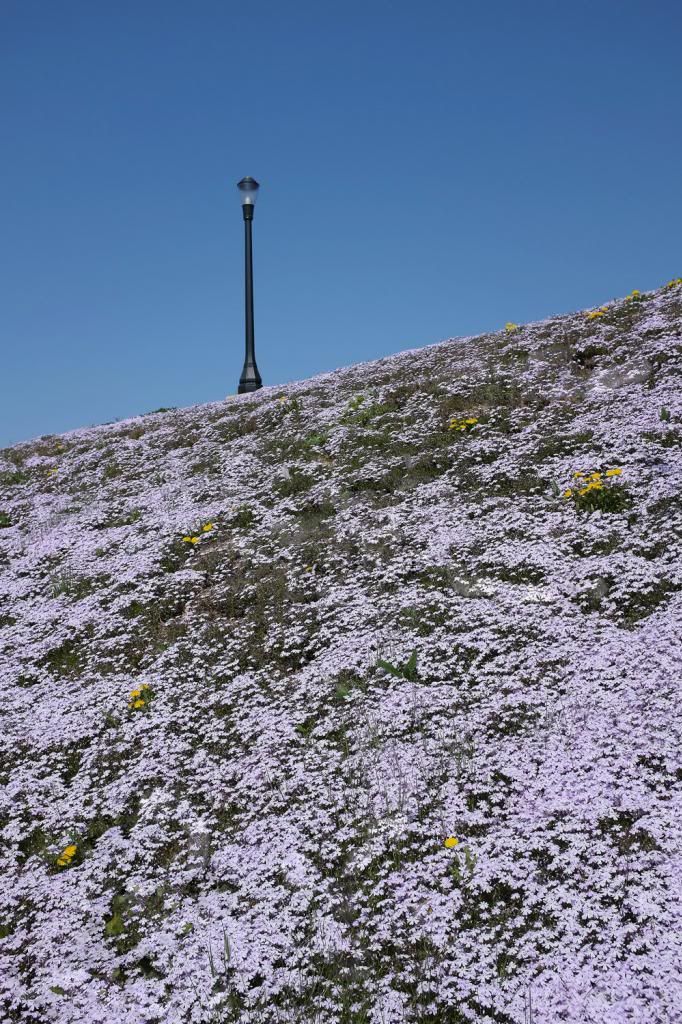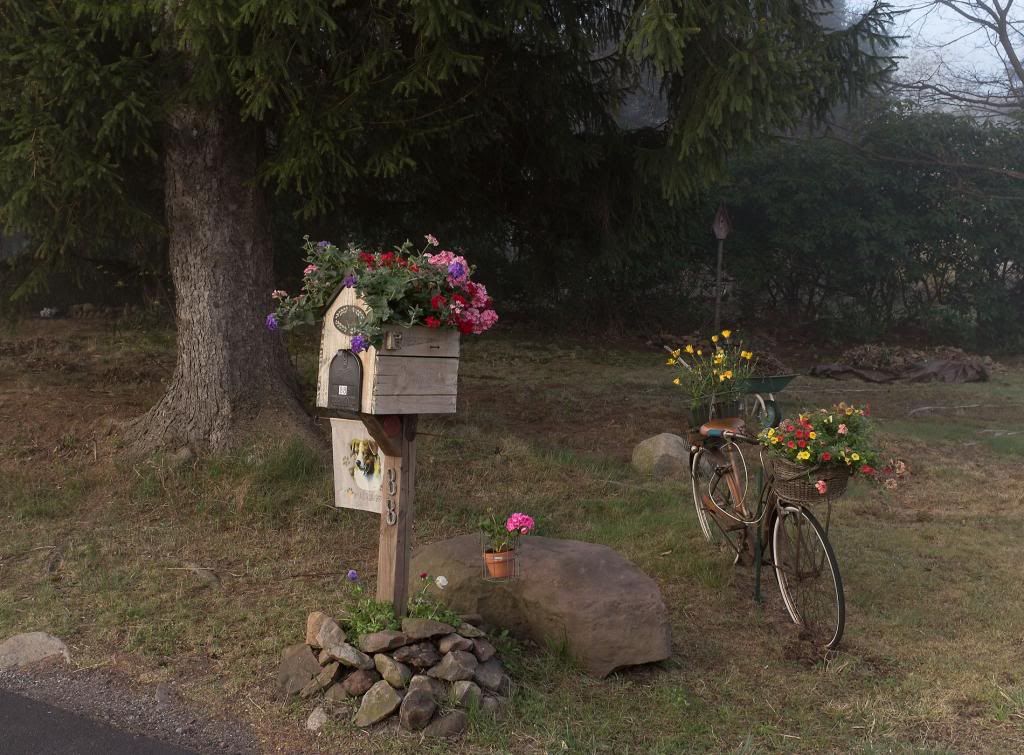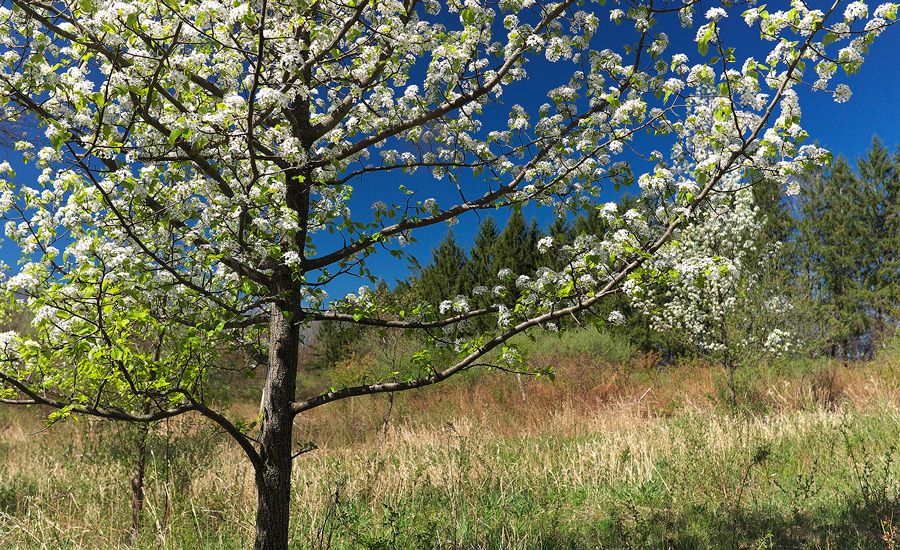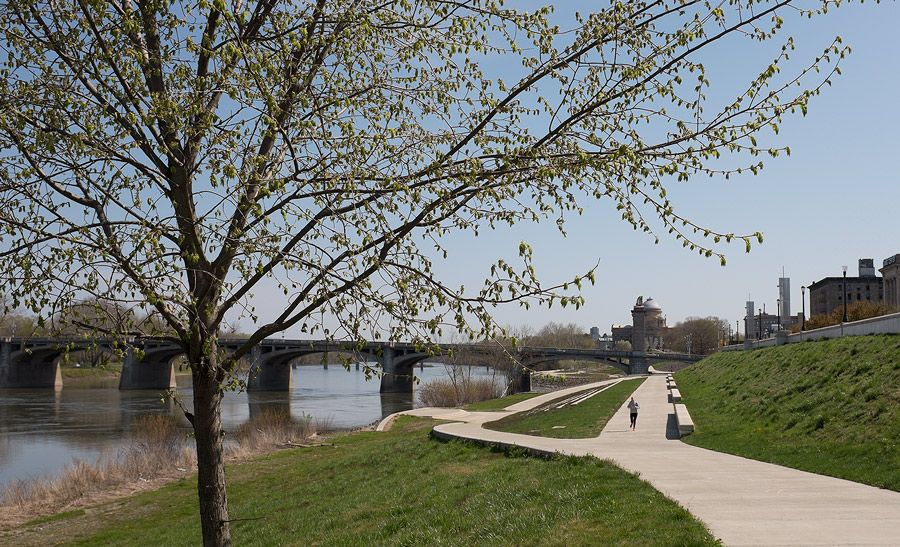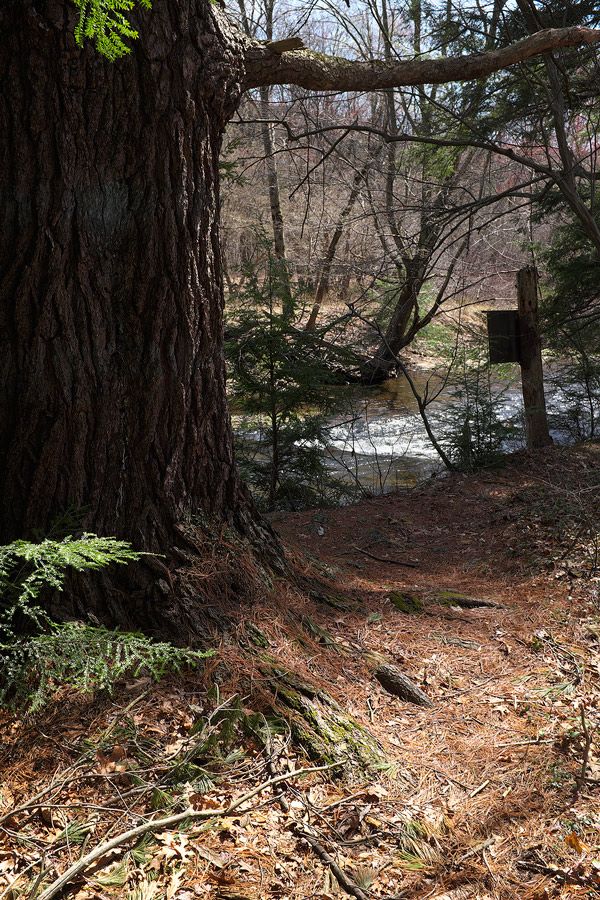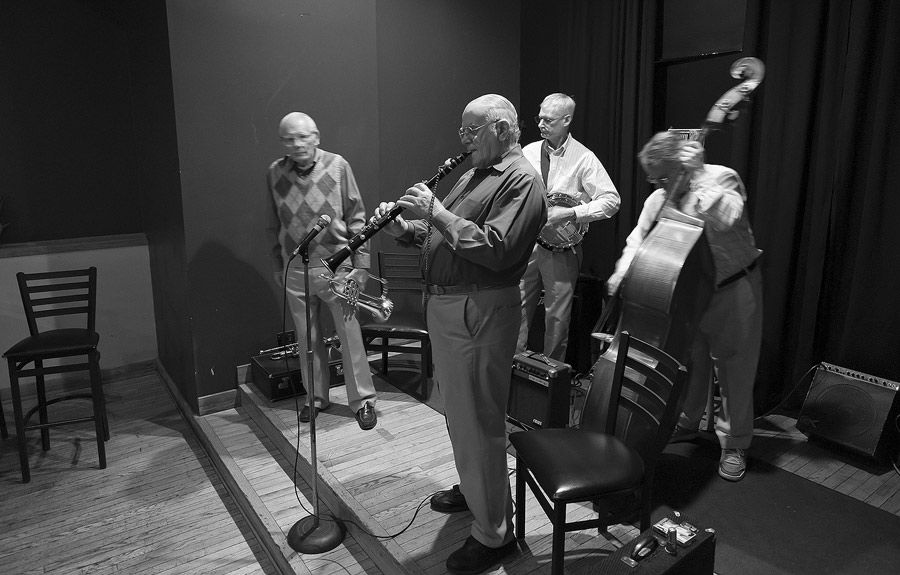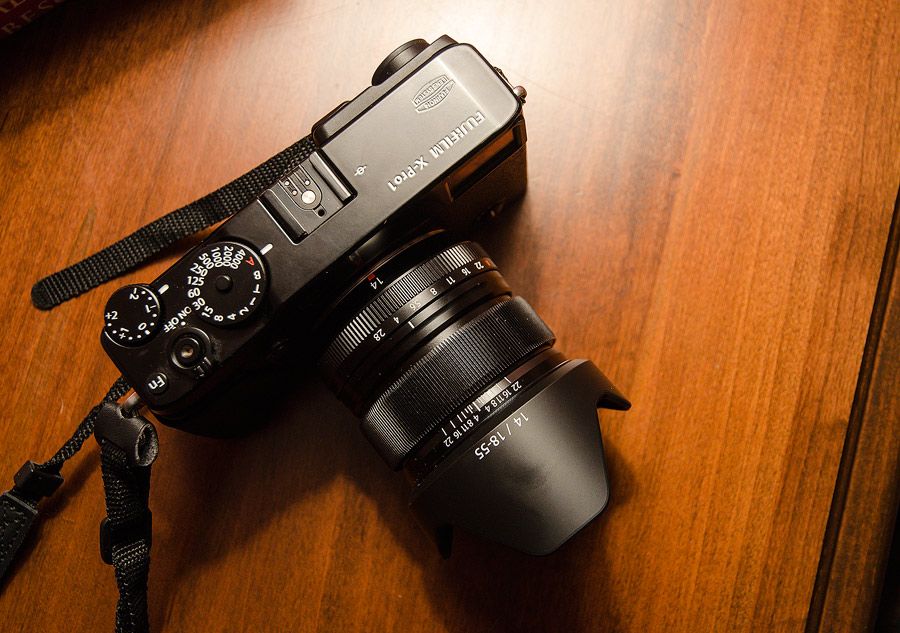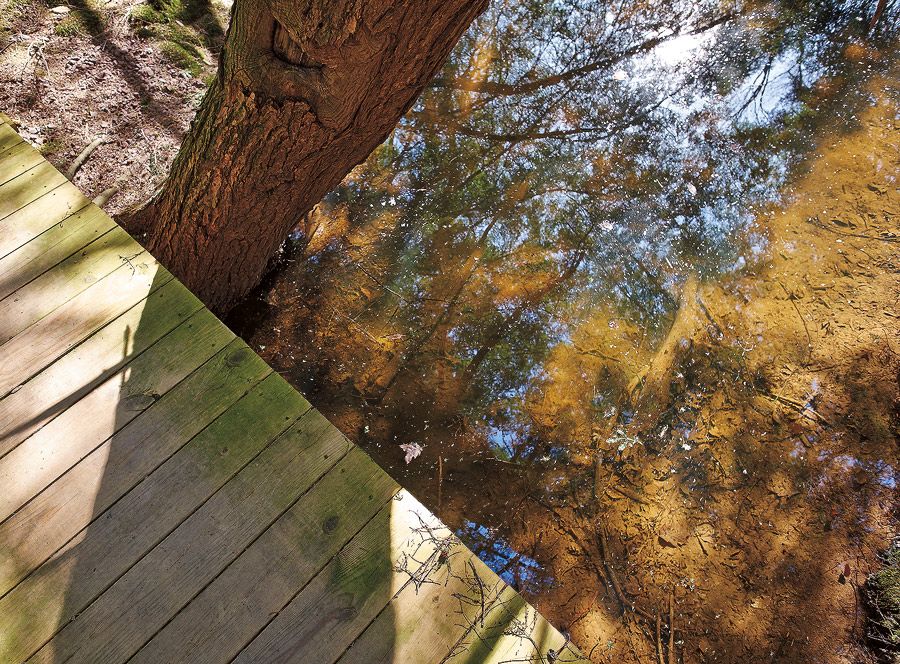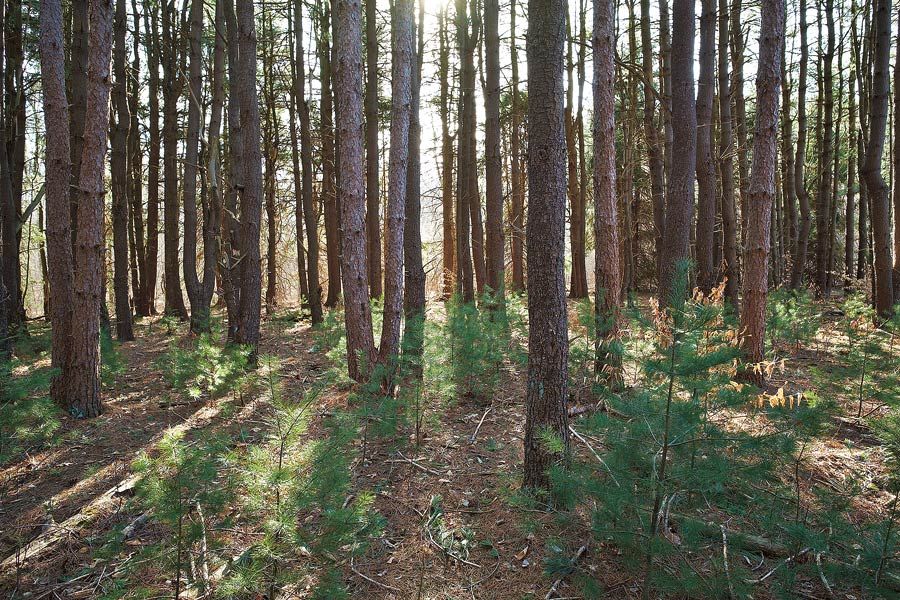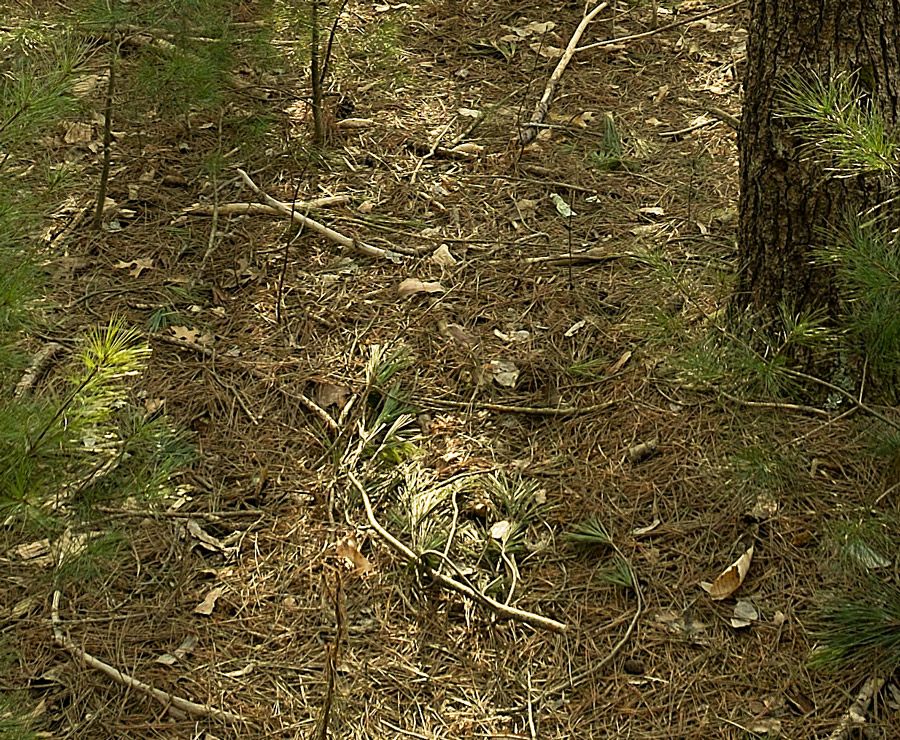Your choice of camera often influences the way you use lenses; particularly in the Fujifilm camera universe. Though the SLR-like bodies such as the XT-2, and XT-20 are very popular, I came into the X series by shooting their rangefinder styled products, and for the most part, continue to do so.
My main interchangeable lens body is an X Pro 2 (which I use along with my X100f). To me, going back to the M series Leica film cameras, rangefinder-type bodies like the X Pro 2 are shot with prime lenses which tend to perform better anyway. Thus my XF zooms have tended to languish at the back of the cabinet.
Several weeks ago I was traveling to the Adirondacks, and selecting the photo gear that I would bring along. Years ago I would pack 2 or 3 bodies (Fuji and Nikon), and several bags of lenses. Maybe because I have been photographing there so long, and perhaps in my dotage, I’m getting a bit lazy. My tendency now is to streamline things a bit with perhaps 1 or 2 small camera bags. Along with the X100, I will usually bring the X Pro 2 with several prime lenses, perhaps the 14 mm, the 56mm, and a 90 mm. This works out fairly well given that the X100 has a fixed 23 mm lens.
One complaint I have about the XF lenses is that the lens pouches are virtually identical, without any exterior labels to indicate the lens within. It’s thus easy to grab the wrong lens. Rather than the 14 mm lens I was looking for, I found that I had pulled out the 18– 55-millimeter zoom which has similar bulk. I hadn’t used the lens in some time so I thought: What the hell, let’s give it a try with the bigger sensor of the X Pro 2 and see how it holds up from an image quality standpoint.
In the “Dacks” I shot the lens and liked what I saw. So I left it on the X Pro 2 for the next several weeks after returning home.
In photo workshops when I am teaching beginners, I’m a big proponent of prime lenses. This is not only because their image quality tends to be superior (especially for the price). I also think it’s important for people to understand and then characteristics of individual focal lengths to their photography
If they do utilize a zoom, I suggest that they avoid the habit of zooming to frame an image, and instead treat the lens like a collection of primes. I have had to remind myself to do the same. With the zoom mounted, I look at the scene and determine what focal length would be desirable in terms of foreground/background relationship and depth of field. I then choose a focal length. Putting my eye in the viewfinder. I can then step backward or forward when possible to adjust the framing. That’s a lot easier than changing lenses constantly.
Another issue I have had with the X Pro 2 is camera shake. Perhaps I have been spoiled by the very soft leaf shutter of the X100 series. I find that I get a fair number of images with the X Pro 2 and it’s more robust shutter action, where there has been movement artifact. The image stabilization in the little 18-55mm is a big help with this, noticeably reducing the problem.
I have forgotten how nice the image quality is. Used as I am to some of the high-quality lenses in the Fujinon line, I am delighted with the look of images shot with this modest lens. It’s got good contrast and handles the 24-megapixel sensor of the newer cameras with ease. It’s capable of obtaining lovely detailed 3-dimensional images, although at the 18 mm end, it is slightly soft until it’s stopped down. And like all of the XF lenses it has a solid feel and lovely built quality.
In the weeks since returning home, we’ve seen a variety of weather here in Northeastern Pennsylvania, including bitter cold, then a sudden thaw that led to severe ice damming and flooding on the Susquehanna River in the Wyoming Valley. The residual of this has been bank ice of a size and volume I’ve never seen before.
Now, in the mountains, a winter snowpack is finally building, which for us more and more, seems to be a February/March event.
There was even some snow at Nescopeck State Park for their Winterfest event, something we haven’t seen in some time. It was fun to see the sled dogs finally get to pull their sled.
I’m aware that there are better short zooms in the XF series lineup, including the 16-55mm f2.8, which is said to be very sharp indeed. Unfortunately is quite a bit larger and heavier (though it is weather resistant) and has no optical stabilization. And at $1100, it’s significantly more expensive than the $700 18-55. And there isn’t an image I have shot over the last several weeks that makes me pine for a more exotic lens. If I need more sharpness, I will go back to the primes.
I forgot how much I like this little lens. Like the 60 mm f2.4 I wrote about here, I’m moving it to the front of the cabinet.

